Best rangefinder cameras in 2025
Whether you want brand new or old, film or digital, the best rangefinder cameras can help you take amazing images
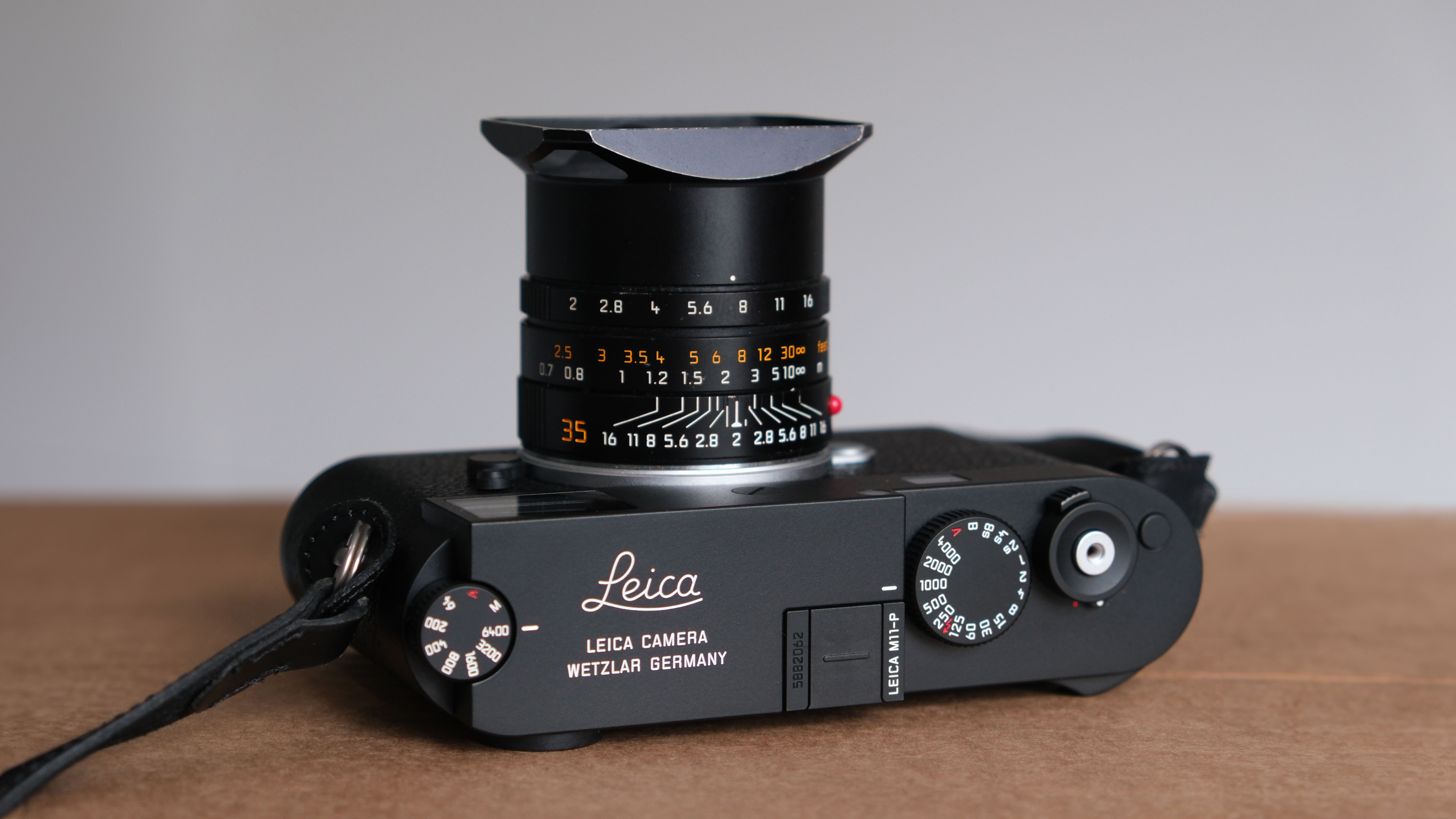
If you’re looking to break away from the traditional DSLR prism or the electronic viewfinder of a mirrorless camera, a rangefinder might be the perfect tool to reinvigorate your photography. Unlike modern autofocus systems, rangefinders offer a more deliberate and tactile shooting experience, relying on a manual focusing method that uses a dual-image overlay to achieve precision. This system, while requiring practice and patience, encourages a deeper connection between the photographer and the subject.
One of the defining characteristics of a rangefinder is its unique viewfinder system. Unlike DSLRs, where you see directly through the lens via a reflex mirror, or mirrorless cameras with electronic displays, a rangefinder uses a separate optical window to compose the image. This means that while shooting, you can see beyond the frame lines, allowing you to anticipate movement and better compose your shot—a feature particularly valued in street and documentary photography.
The learning curve involves understanding how to align the dual images in the viewfinder for accurate focusing and familiarizing yourself with the frame lines that represent different focal lengths. Initially, this process can feel unfamiliar, but once mastered, it becomes second nature, allowing for quick, instinctive shooting. Many photographers find that using a rangefinder improves their ability to pre-visualize shots, enhances their manual focusing skills, and ultimately increases their success rate in capturing decisive moments.
Beyond its functional advantages, a rangefinder fosters a more intentional approach to photography. The lack of autofocus and reliance on manual settings encourage a slower, more thoughtful style of shooting—one that prioritizes composition, light, and subject interaction. Whether you’re a seasoned photographer looking for a fresh challenge or a newcomer intrigued by the romance of classic cameras, embracing a rangefinder can open up a whole new world of creative possibilities.
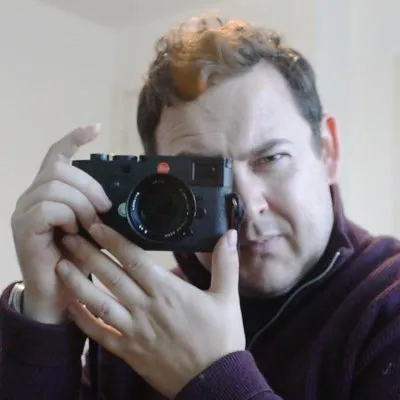
For nearly two decades Sebastian's work has been published internationally. Originally specializing in Equestrianism, his photos have been used by the leading names in the equestrian industry such as The Fédération Equestre Internationale (FEI), The Jockey Club, and Horse & Hound. He now spends his spare time using his trusted Leica M-E or Leica M2 shooting street photography or general life as he sees it, usually in black and white.
Quick List
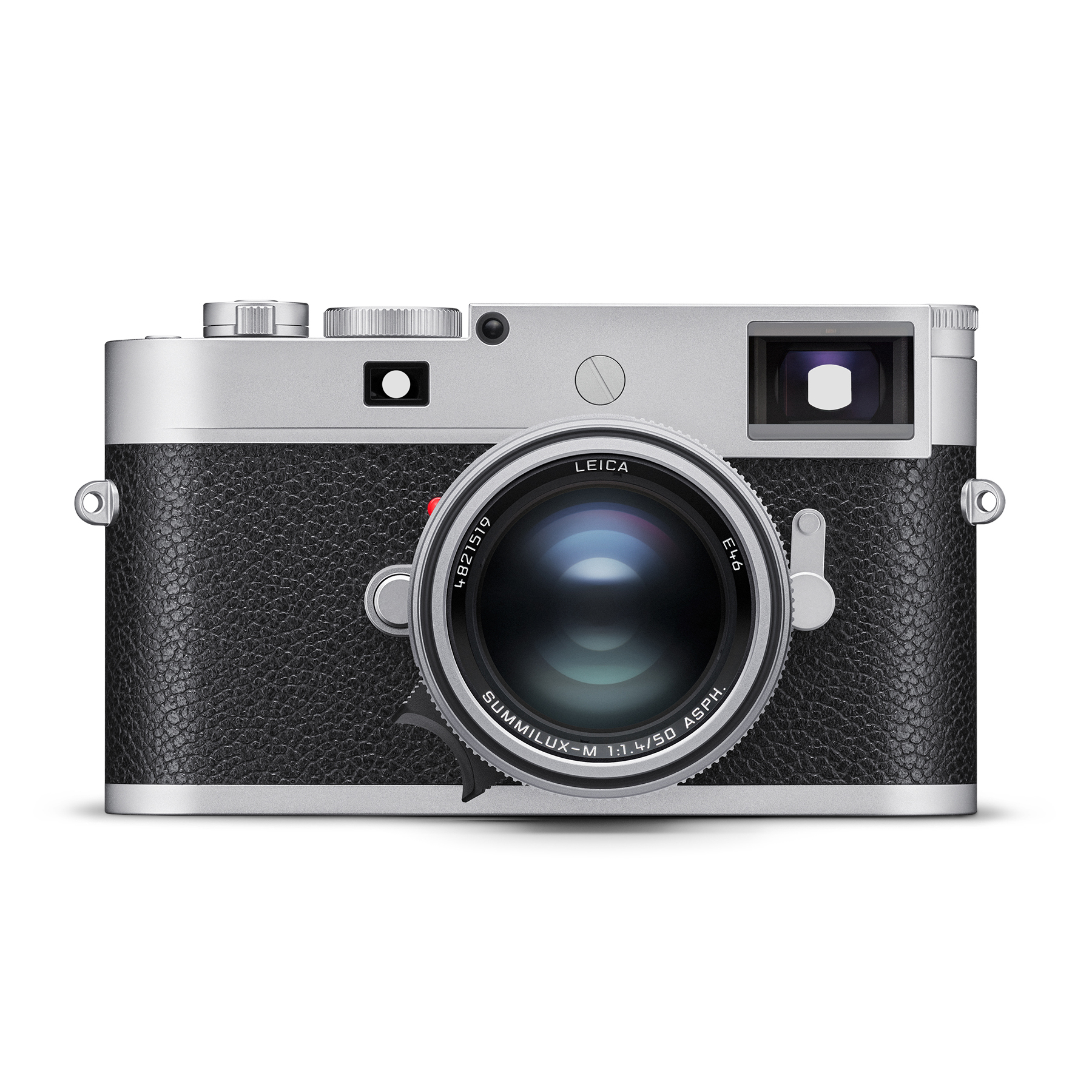
If you want a rangefinder camera, they don't get much better than Leica. The latest digital flagship, the Leica M11-P with its 60MP sensor is the best rangefinder overall.
Read more below
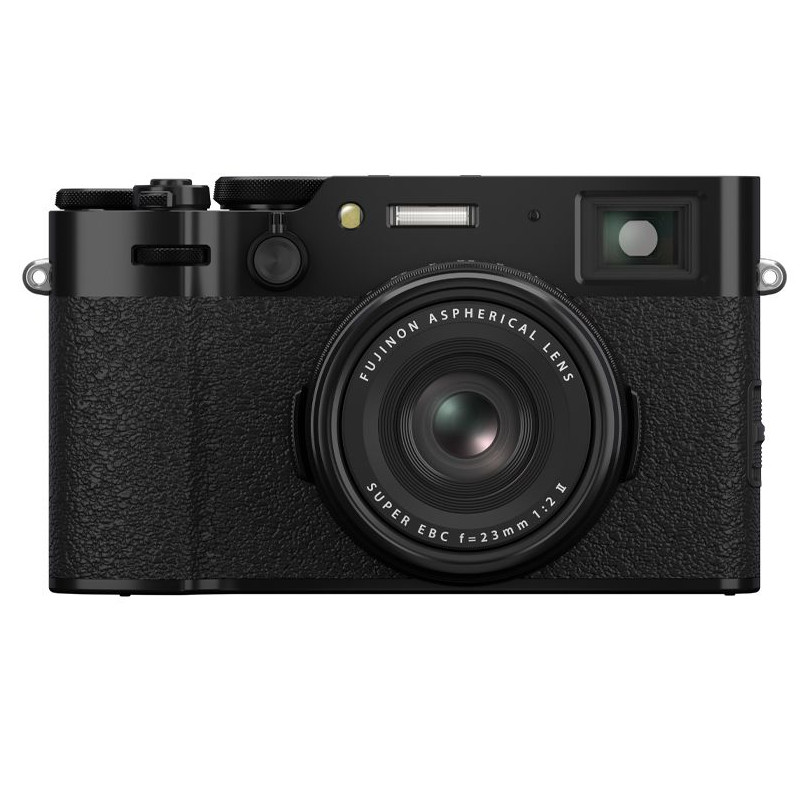
If you want an optical rangefinder but also want the convenience of a digital EVF the X100VI offers both making this the perfect fixed-lens hybrid rangefinder compact camera.
Read more below
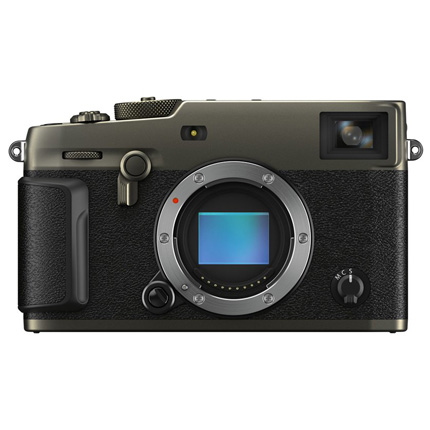
If you want the Leica-style rangefinder with interchangeable lenses but don't want to pay the hefty price tag, then a secondhand X-Pro3 is the camera for you; it also features Fujifilm's famous film simulations!
Read more below
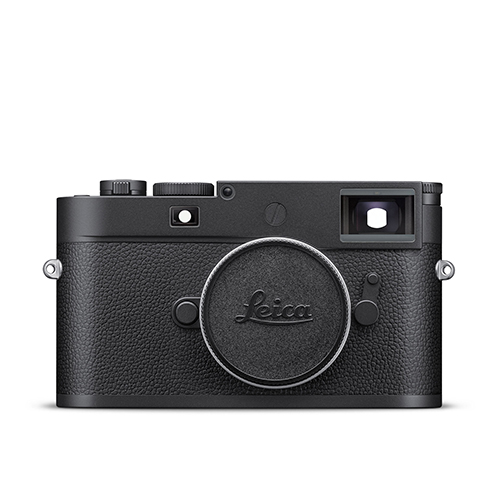
If you love black-and-white photography but also want a rangefinder, the Leica M11 Monochrom takes the crown with its black-and-white ONLY 60-megapixel sensor.
Read more below
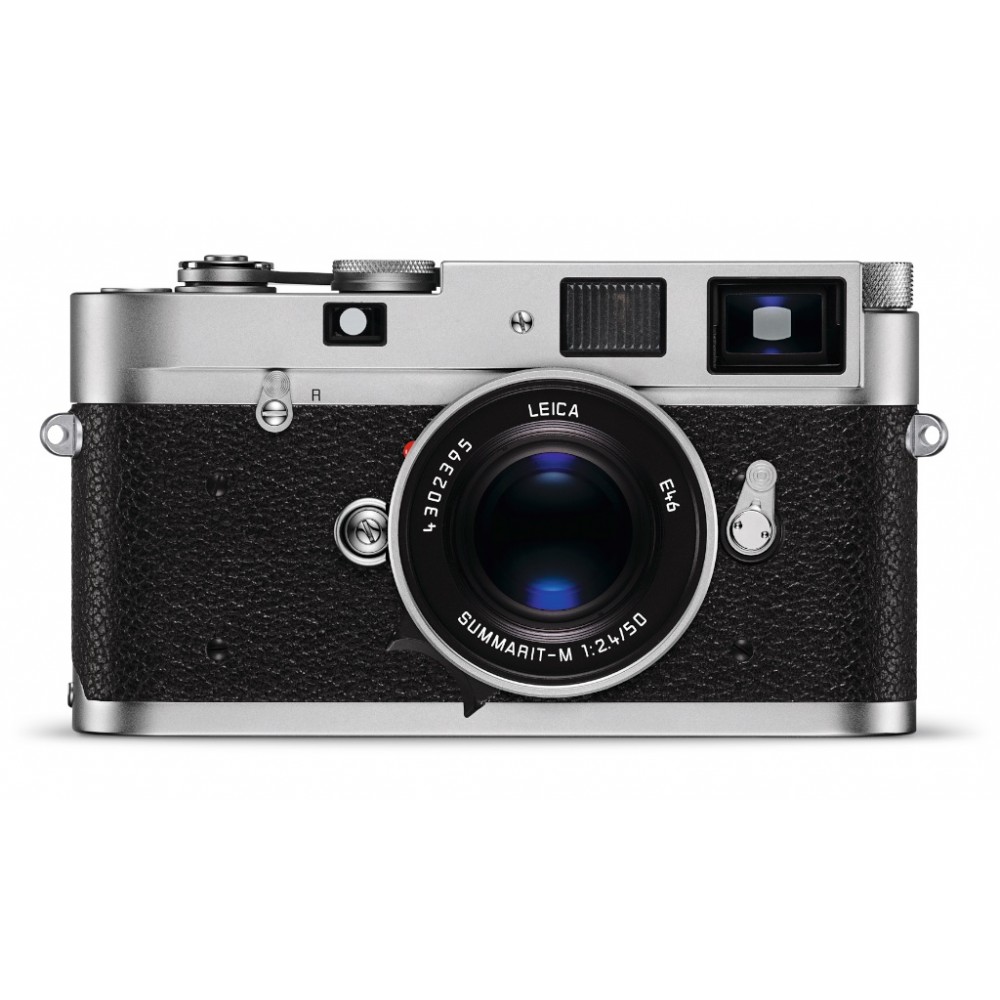
If you're looking for a rangefinder camera, but your main medium is film then the Leica M-A is the best mechanical experience on the market.
Read more below
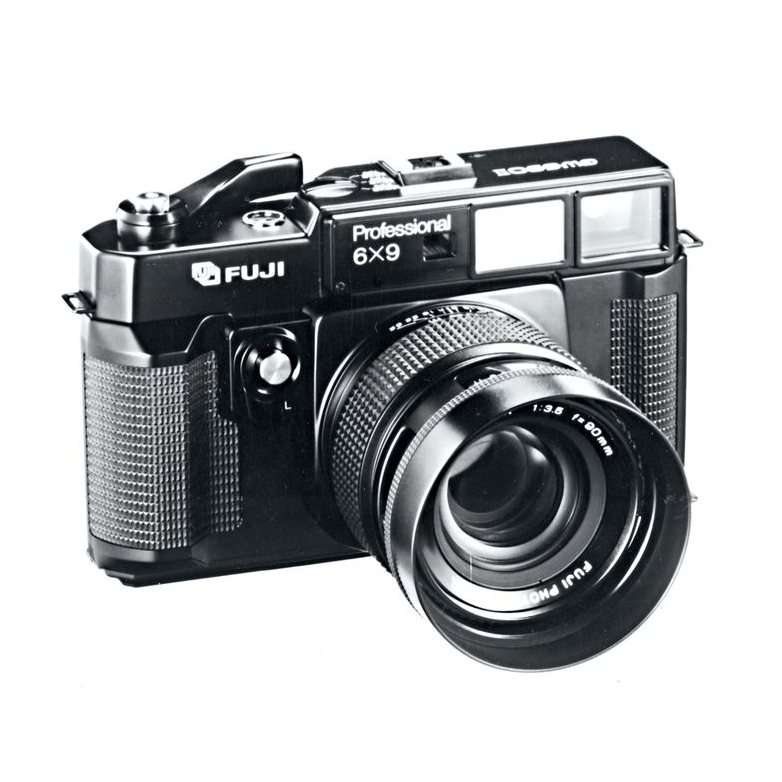
If you want the best rangefinder for film overall then the classic medium-format Fuji GW690 with its 6x9 negatives is the best for film lovers.
Read more below
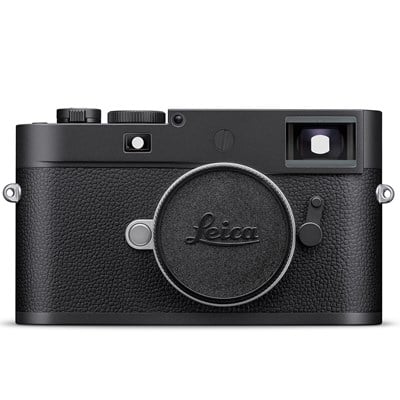
If you want an analog experience but the convenience of digital files, it doesn't get any better than the Leica M11-D with all the goodness of the M11-P, but without the discretion of a rear LCD screen.
Read more below
Best rangefinder cameras
Why you can trust Digital Camera World
Best overall
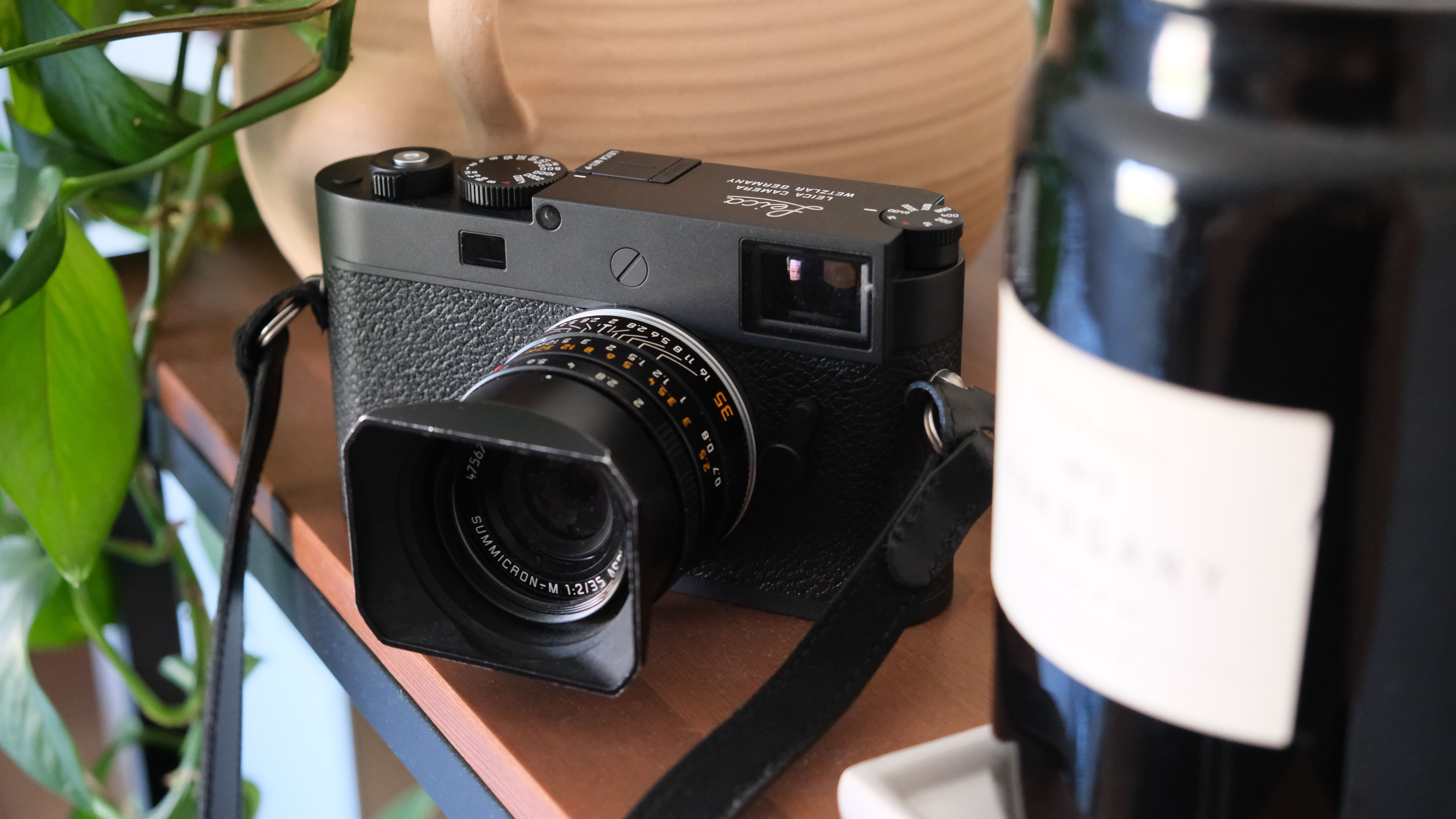
Specifications
Reasons to buy
Reasons to avoid
Sample images
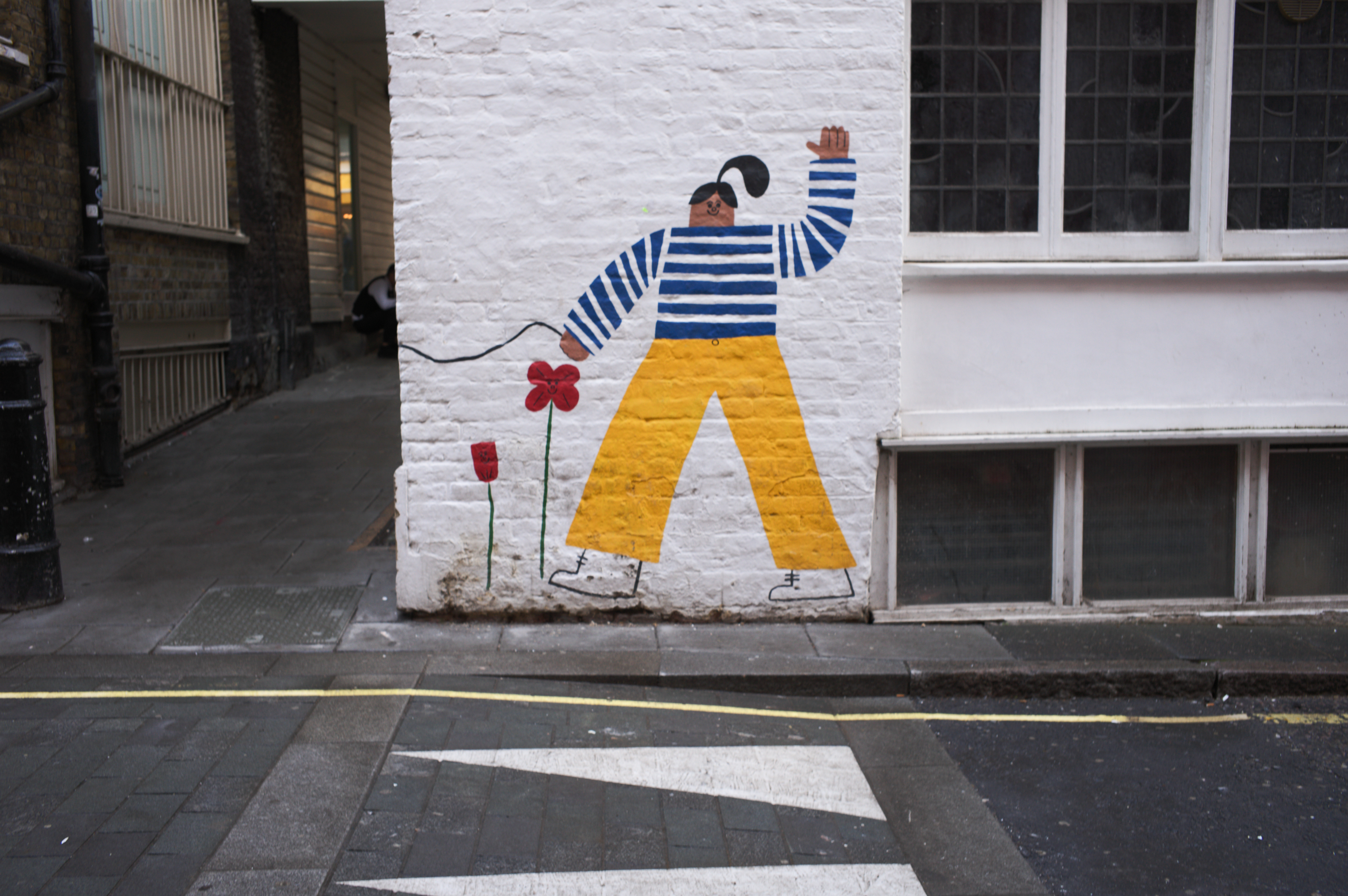
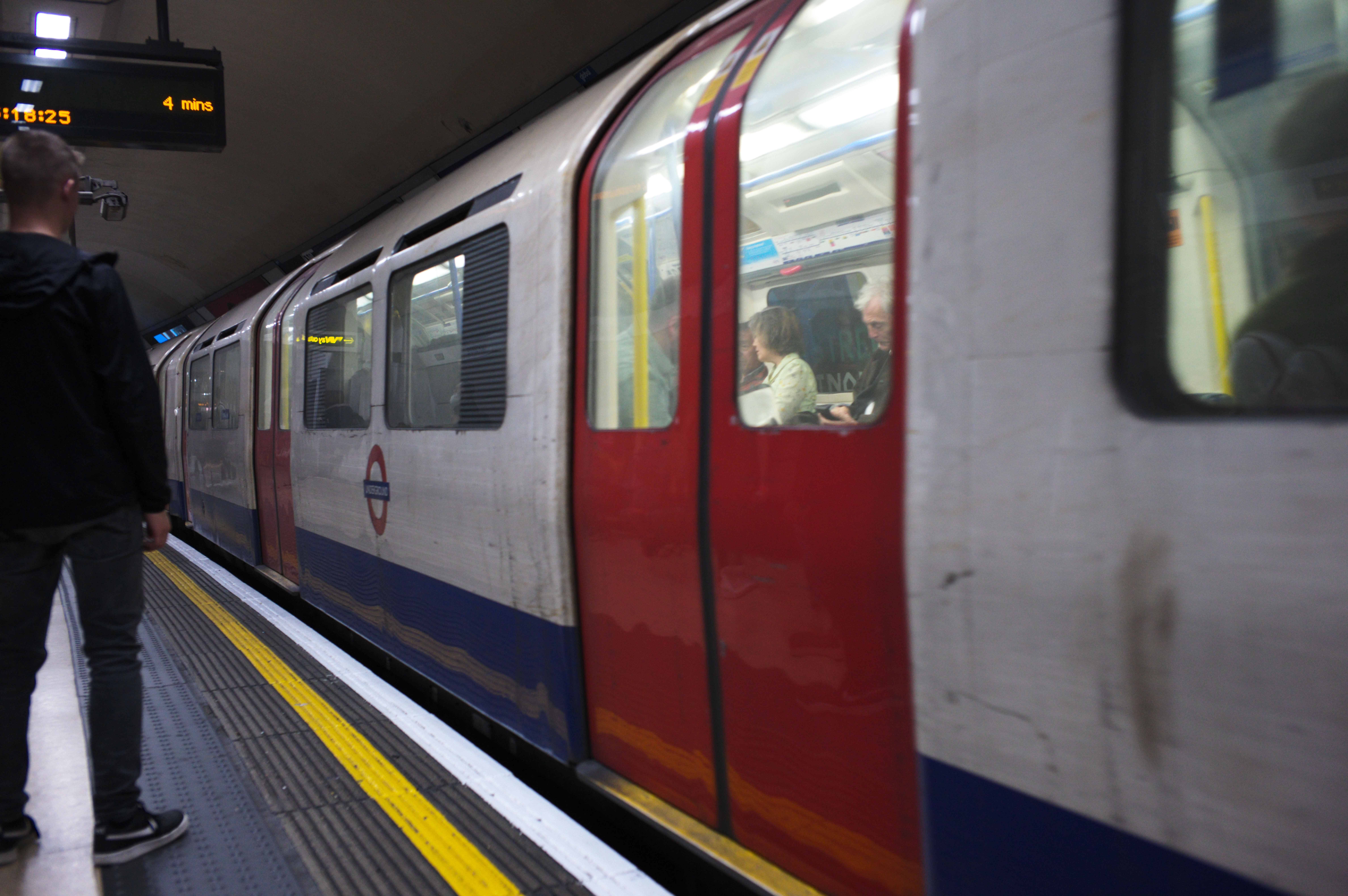
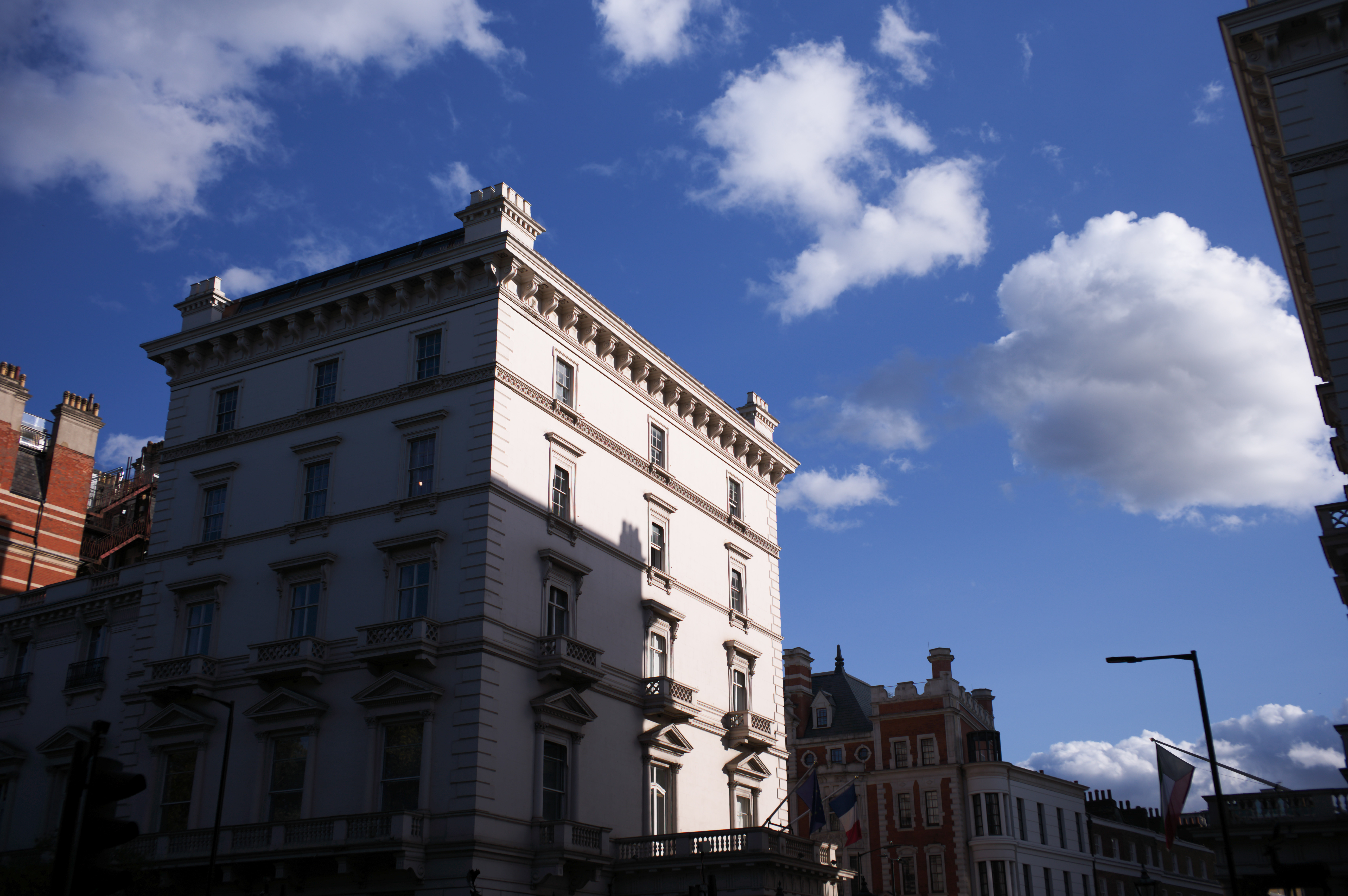
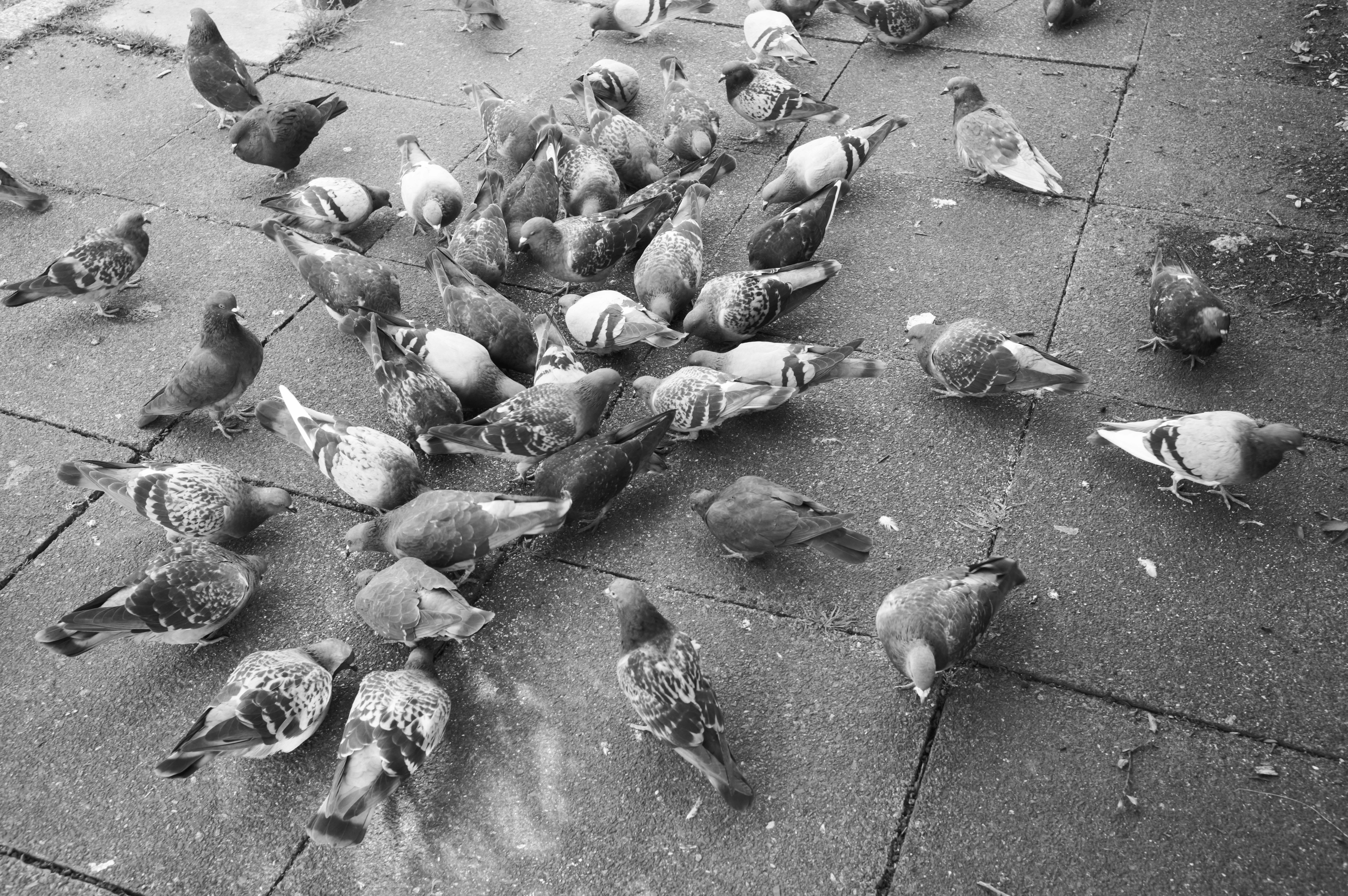
✅ You want AI protection: The M11-P comes equipped with Leica Content Credentials that allows users and picture editors to see the process from capture, editing, and distribution, authenticating every image.
✅ You want the best Leica camera on the market: The M11-P takes all the best bits from the M11 and adds upon them to deliver the best Leica-M experience possible
❌ You're going to rely on Content Credentials: Content Credentials workarounds seem easy to manipulate at the current time
❌ You want to shoot video: While being the top-of-the-line Leica M-system camera, this can only shoot stills
The Leica M11-P continues Leica's blend of classic style and cutting-edge technology. In terms of aesthetics, it takes inspiration from the sleek, minimalist design of the Leica M11 Monochrom, without the usual iconic red dot offering a more understated look that appeals to discerning photographers who want to go unclocked on the street.
However, it isn't just about appearances. Inside, the M11-P mirrors the Leica M11, guaranteeing the same exceptional image quality that we loved in the original M11 model, with Leica's 60MP color sensor, with its triple-resolution tech offering big detailed photos.
What really makes the M11-P notable is the introduction of its content authentication component called Lecia Content Credentials, which could yet prove to be a very valuable weapon in the ongoing battle against AI-generated image manipulation. However, its effectiveness in countering this currently appears somewhat vulnerable, although it is very early doors for the technology, so it will be interesting to see how it evolves as it is more widely adopted.
Read our full Leica M11-P review for more details
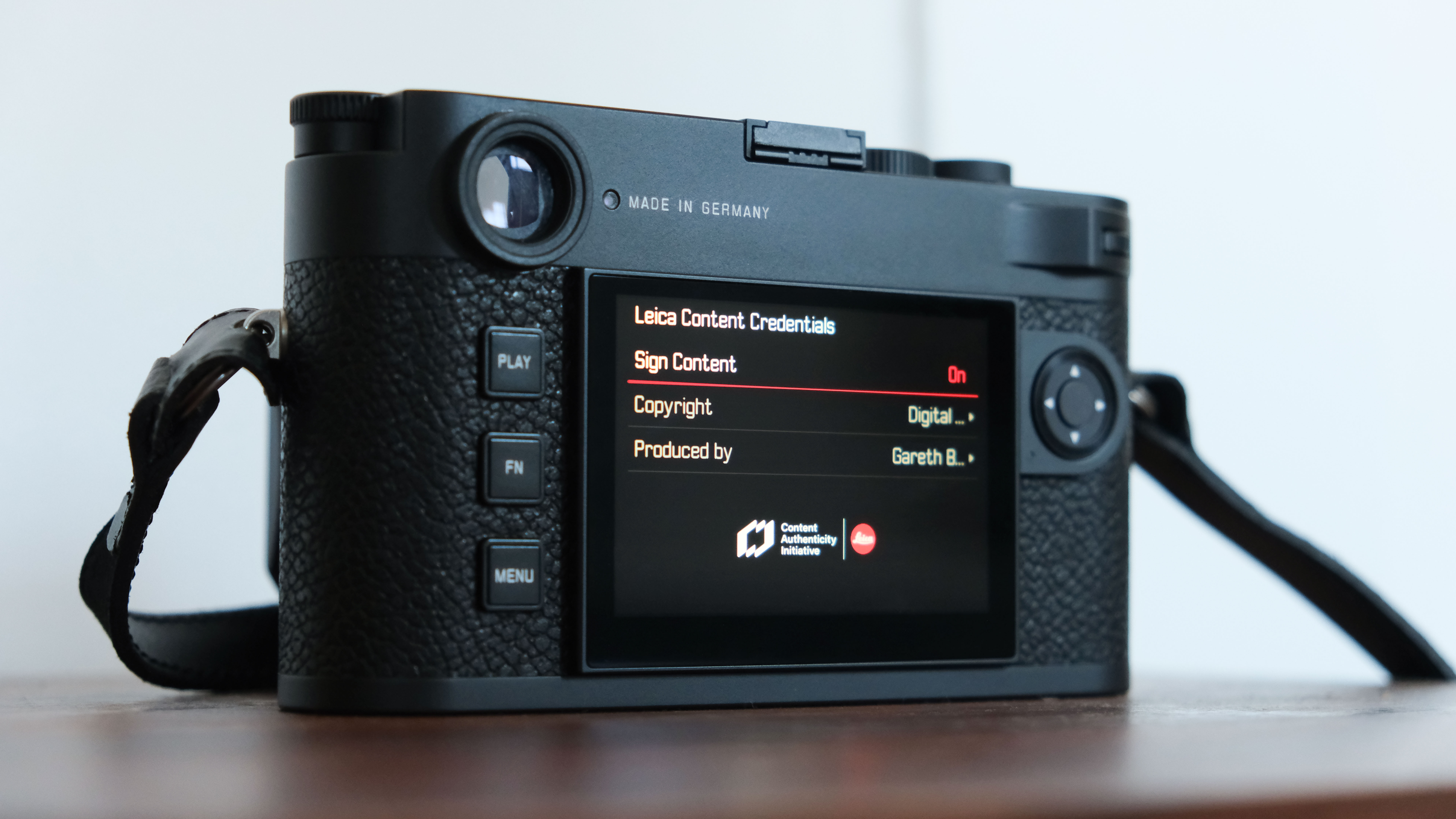
| Header Cell - Column 0 | Notes | Score |
|---|---|---|
Features | 60-megapixesl, 256GB internal memory, Leica red dot removed, and Leica Content Credentials | 5 / 5 |
Build & handling | Solid build with aesthetic changes to be more stealthy on the streets | 4 / 5 |
Performance | Same as Leica M11 - versatile choice between 60, 36, and 18 MP images all using the full sensor | 4.5 / 5 |
Value | Rather pricey, with limited updates from the earlier M11 | 3.5 / 5 |
Best hybrid rangefinder
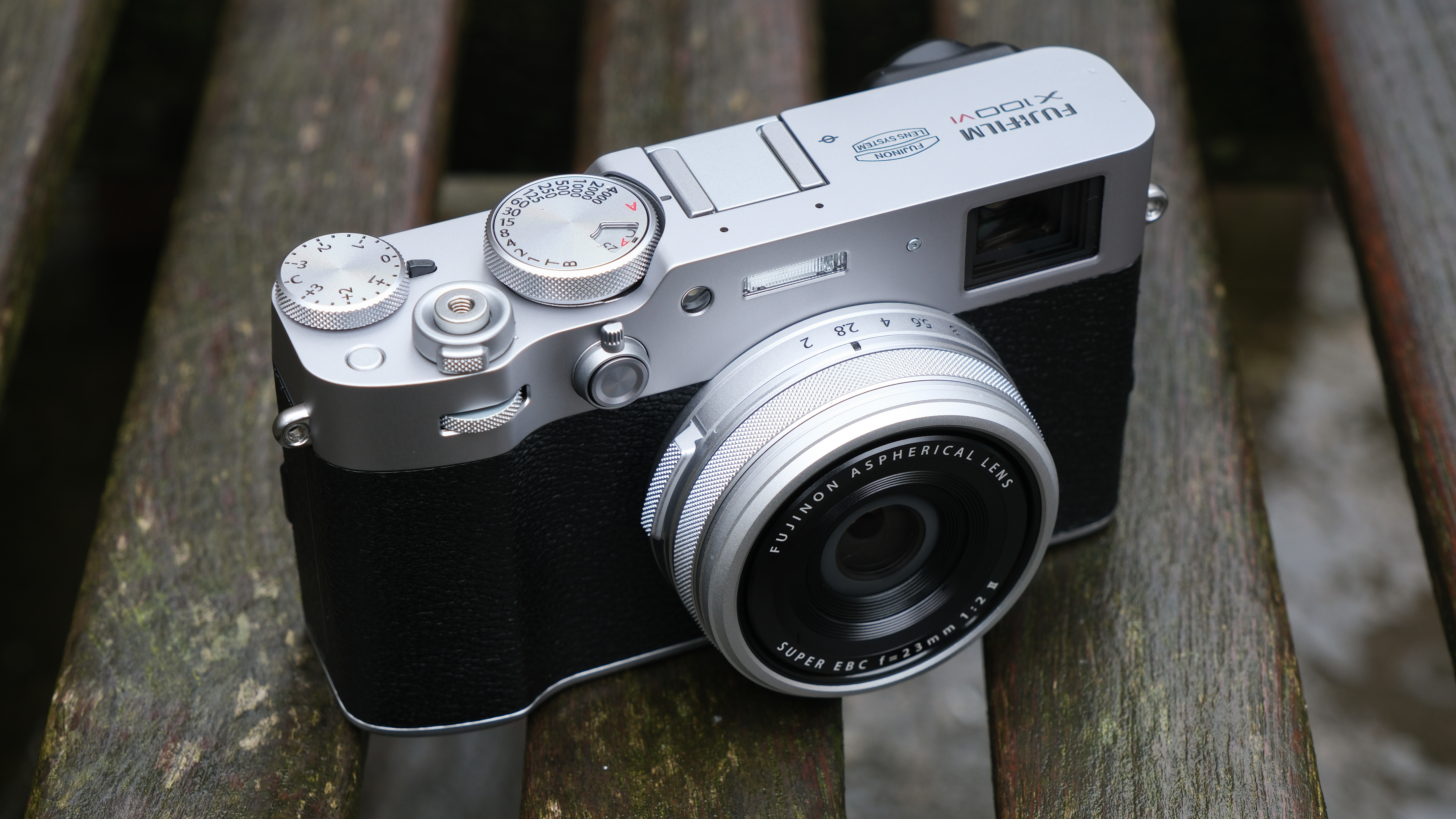
Specifications
Reasons to buy
Reasons to avoid
Sample images
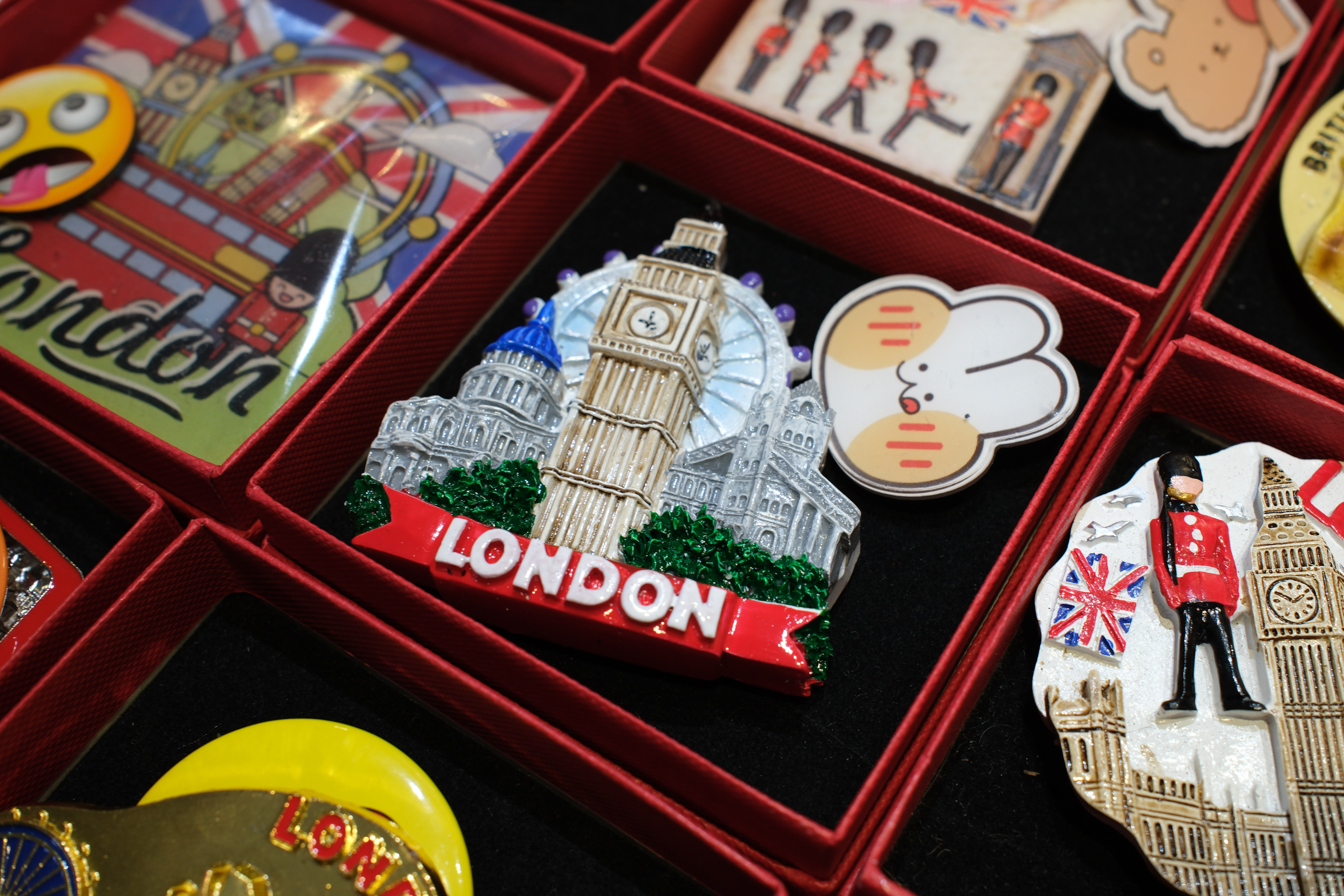
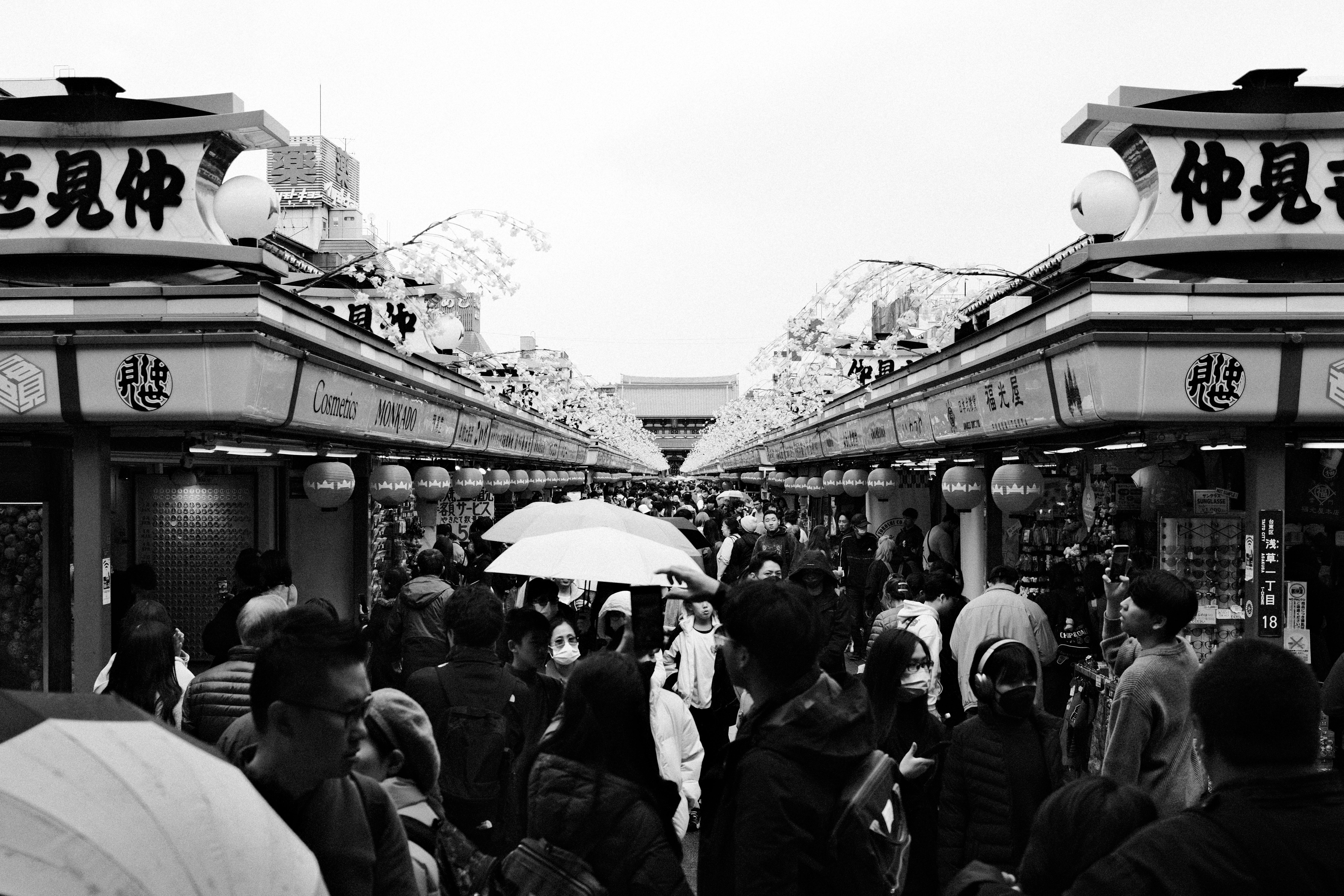
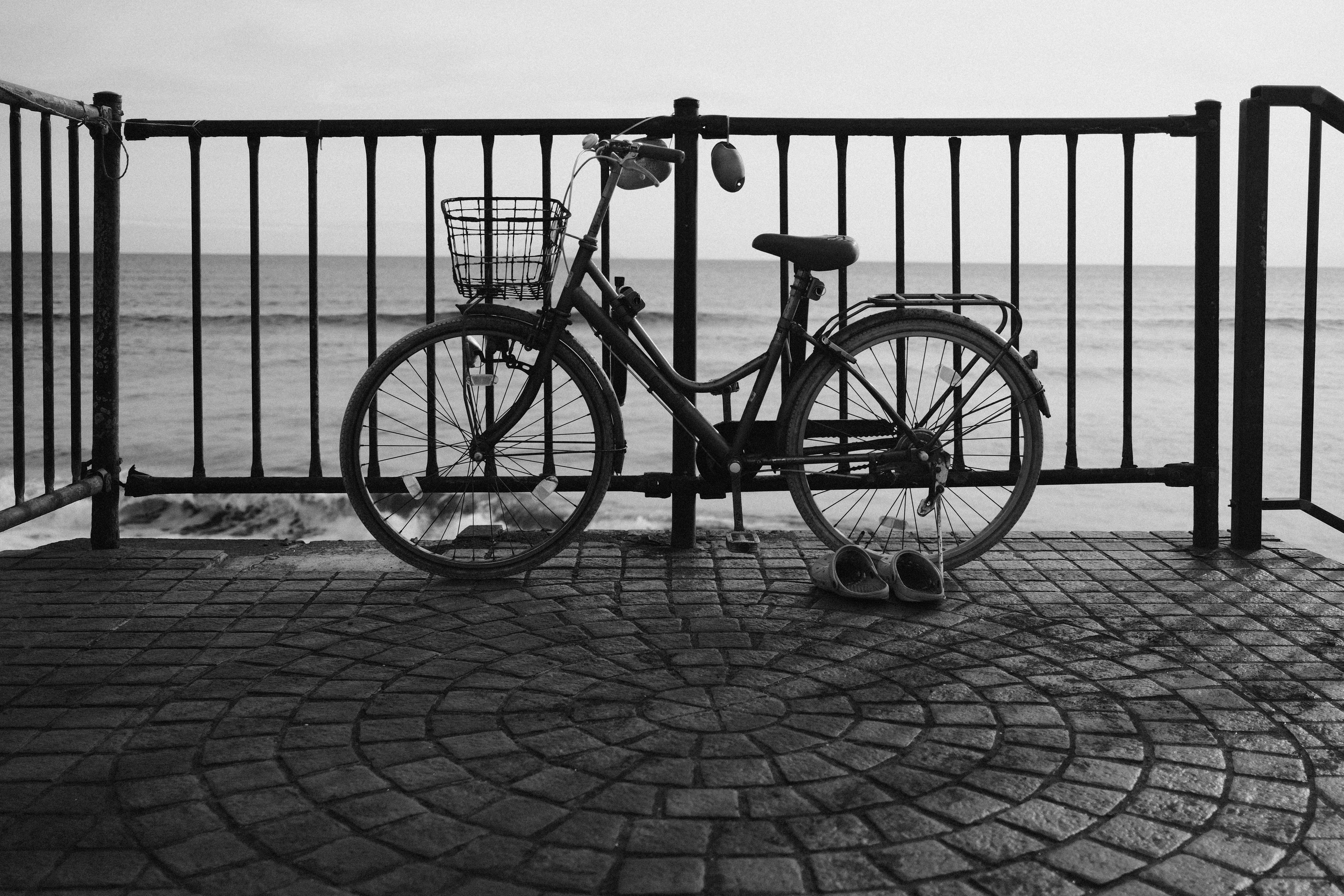
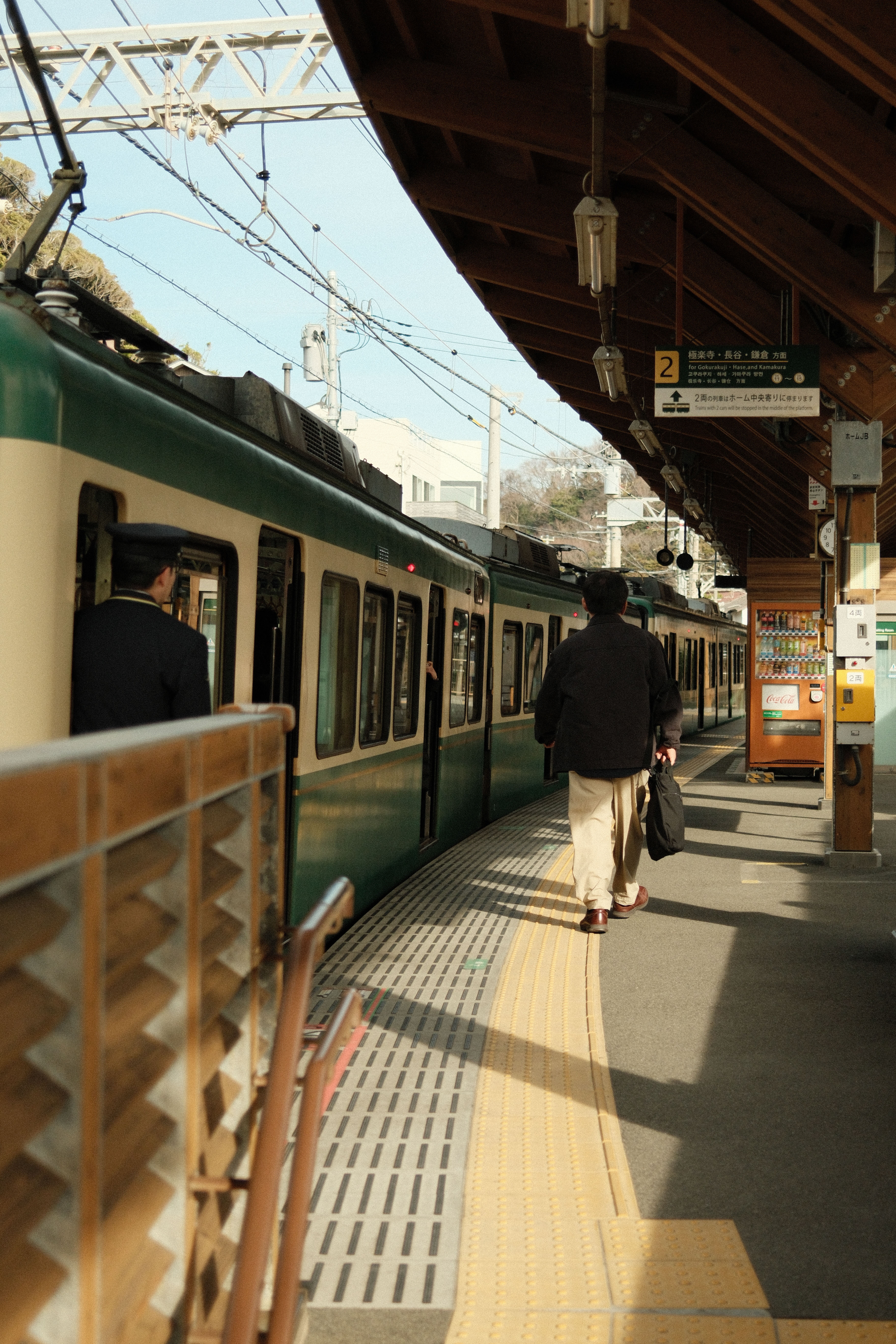
✅ You want a premium compact camera: The most talked about camera on the market today
✅ You want big resolution: Wth a whopping 40-megapixel you can be sure to capture images in stunning detail like never before from the X100-series
❌ You want to shoot at different focal lengths: The X100VI is a fixed-lens camera. This means that the lens cannot be changed, so you are stuck with the 23mm focal length. There are adapters available to alter the perceived focal length but they are expensive with varying results.
❌ You want to shoot lots of video: While the X100VI is capable of good 6K video, but it just isn't as versatile as other interchangeable lens cameras, and the two-way tilting screen limits vlogging and recording from awkward angles.
Fujifilm's X100V was the camera that sparked the internet's current obsession with Fujifilm's retro-styled modern cameras. The launch of the Fujifilm X100VI certainly hasn't slowed down that momentum, and it has been so successful it is still in short supply (so expect a wait for weeks once you've ordered it).
Is this all just overhyped? Absolutely not. The Fujifilm X100VI is still my top choice for anyone who wants a beautiful and premium compact camera without the faff of changing lenses.
The X100VI has a fixed lens roughly equivalent to 35mm on a full-frame camera – and is my focal length of choice for street or travel photography. There are converters available for the X100V to make the lens wide or more tele, but I find these a little overpriced, they can also be hard to find. However, if you want to use screw-in filters there is an additional $50 purchase of a filter ring, but for the price you're paying, I feel this should really come in the box.
When it comes to image quality, the X100VI has the same 40.2MP X-Trans sensor as the flagship-level Fujifilm X-T5, which is an exceptional sensor. This is paired with the latest X-Processor 5, which enables autofocus recognition and tracking for even more subjects including animals, birds, and vehicles. The X100VI also adds 6K video, albeit at a slight 1.23x crop, or there is always 4K video with no crop if you don't need that extra resolution.
Finally, the X100VI adds in-body stabilization, which makes video a little smoother, and the camera better in low light with slower shutter speeds.
Of course, you get access to Fujifilm's beloved film simulations and recipes, taking some of the work out of editing, and are what have made this camera so popular. The wonderful hybrid optical viewfinder is also a major highlight and one of the reasons I am still obsessed with rangefinder cameras as my last-ditch attempt to keep an optical viewfinder in an increasingly mirrorless EVF world.
The main downside is the Fujifilm X100VI's slick design doesn't come cheap, although the premium quality and cool features like the hybrid viewfinder are about justified. But that's if you can get your hands on one in the first place!
Read our full Fujifilm X100VI review for more details
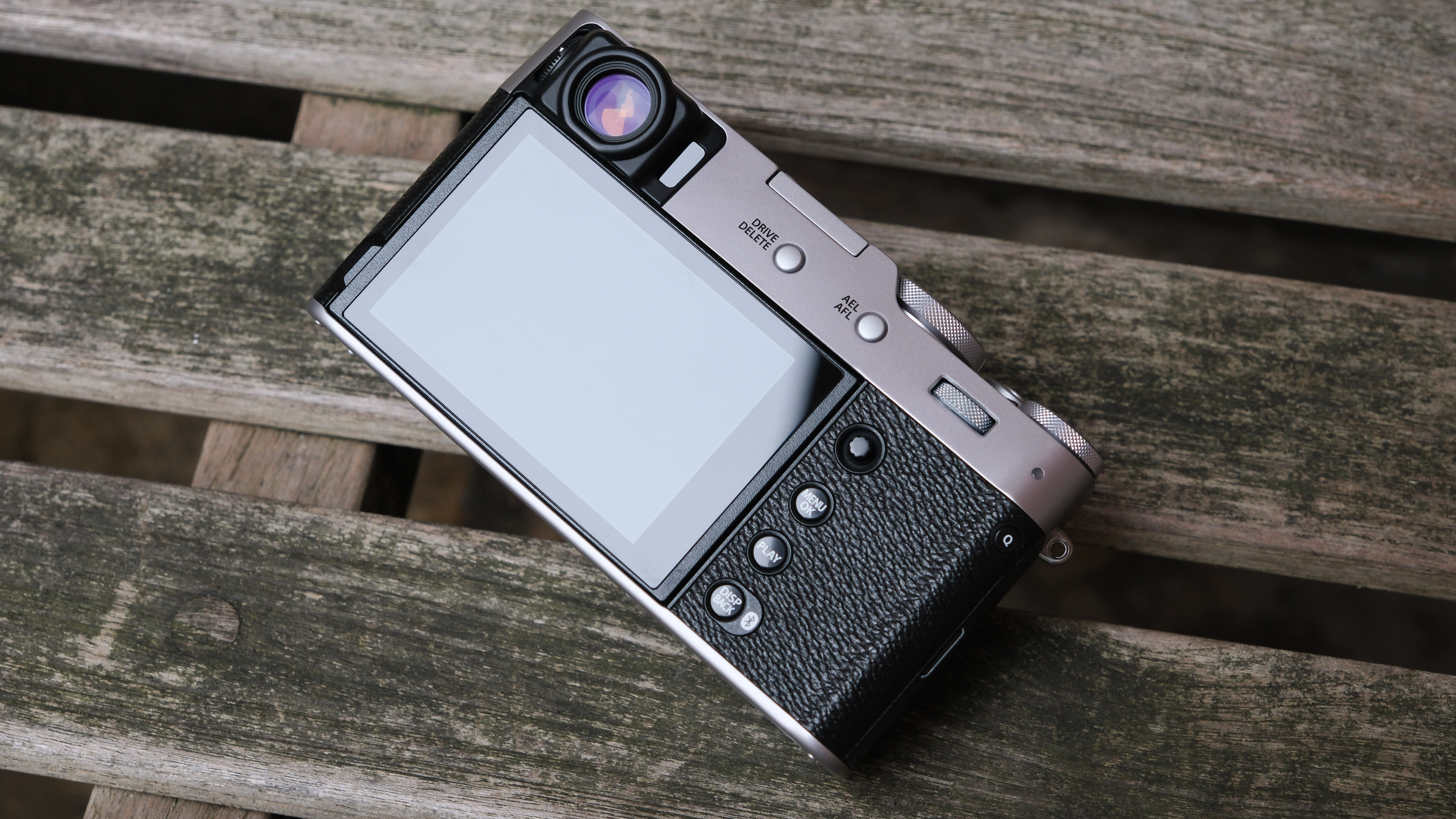
| Header Cell - Column 0 | Notes | Score |
|---|---|---|
Features | 40MP stills, 6K video and retro styling makes this the camera to want | 5 / 5 |
Build & handling | Its solid build and ergonomics makes the X100IV a fan favorite among many | 5 / 5 |
Performance | Image quality is miles ahead of the X100V, but its AF performance is on a par with its predecessor | 4 / 5 |
Value | It's the camera of the hour, and stock is limited so you have to pay full price (or more, if you want one quick) | 4 / 5 |
Best Leica alternative
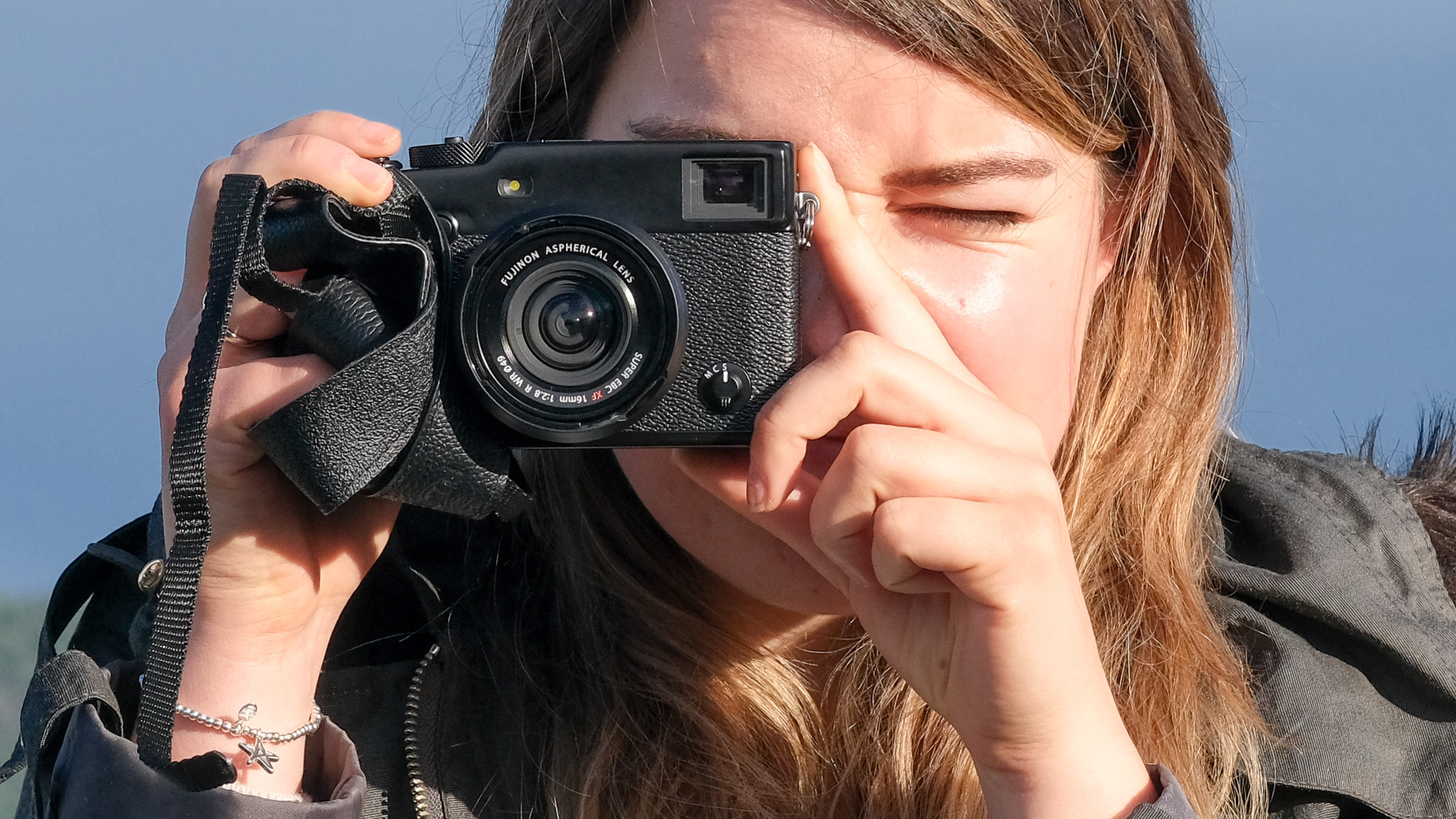
Specifications
Reasons to buy
Reasons to avoid
Sample images
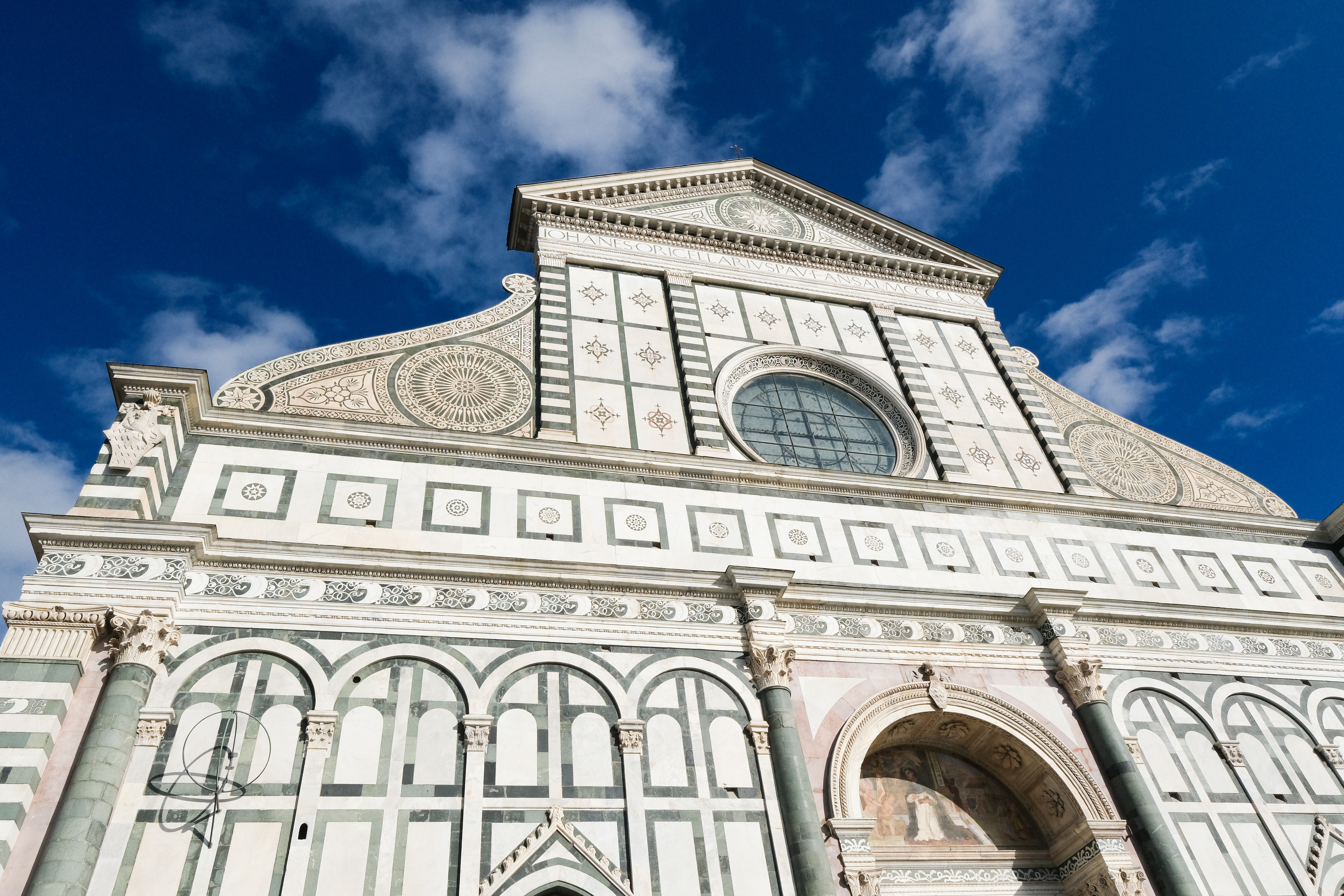
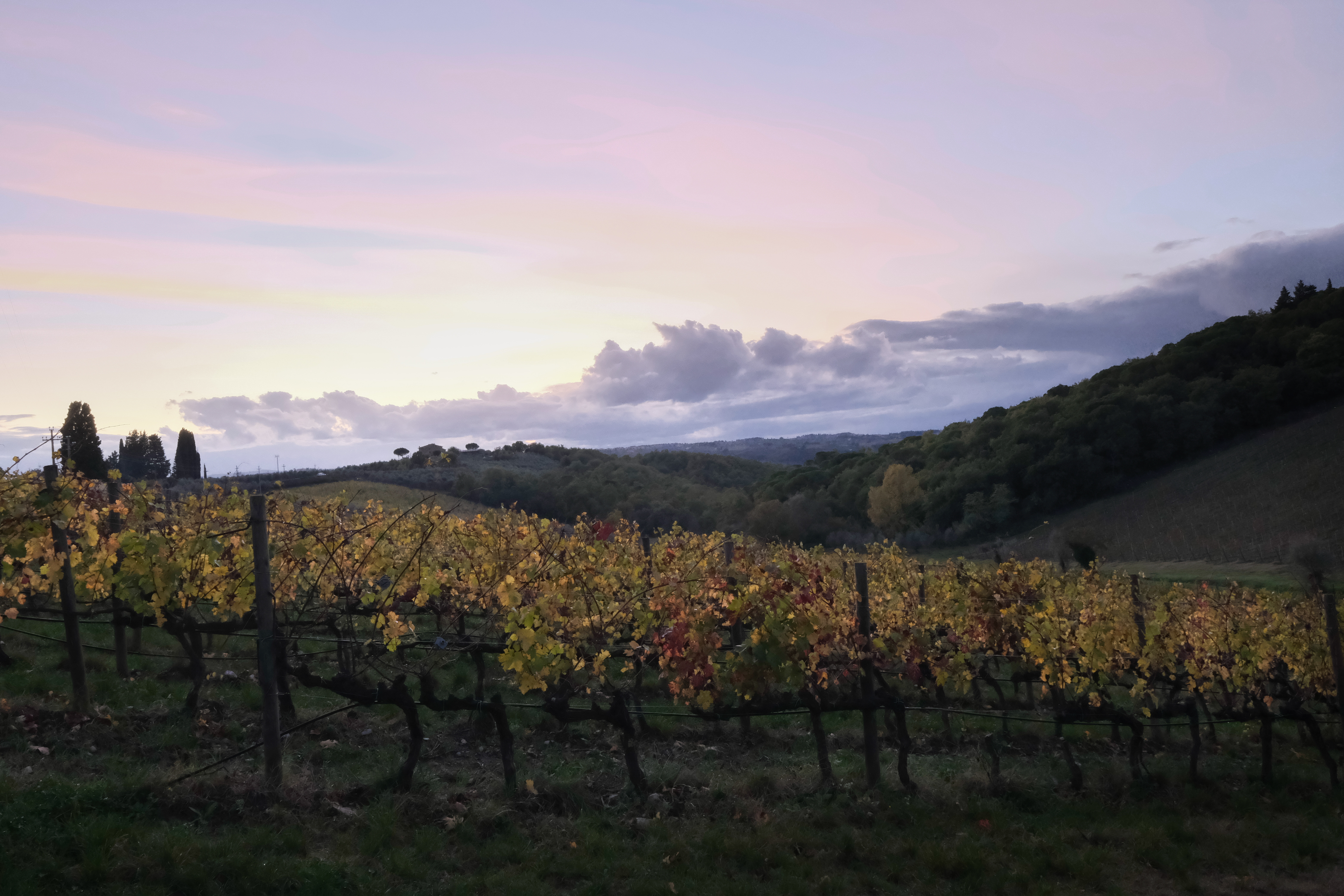

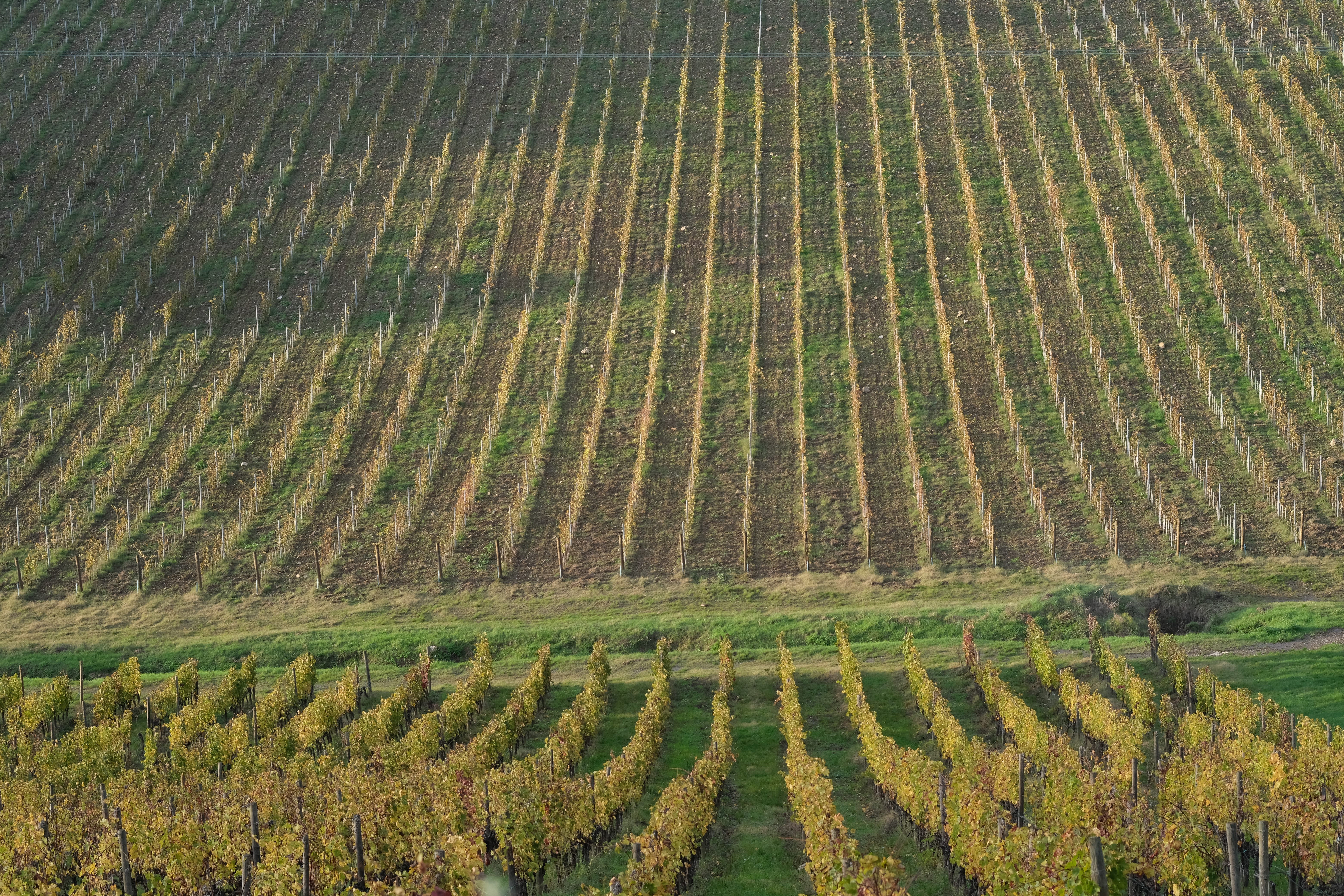
✅ You love Fujifilm: This is the pinnacle of rangefinder alternatives from Fujifilm. The X-Pro3 is a fan-favorite for street photographers and anyone wanting that manual experience from Fujifilm.
✅ You love retro-inspired cameras: With its hidden LCD rear screen and film simulations this camera is as retro as it gets, with modern tech inside!
❌ You want full frame: Unfortunately, the X-Pro3 uses an APS-C sensor which is very powerful, but won't give you that full frame look that many desire.
❌ You want a true optical rangefinder: While the X-Pro 3 features a hybrid EVF and an "optical" one - it still uses electronics to showcase frame lines.
Styled on a classic rangefinder camera but featuring the latest digital technology, it's aimed at people who want a retro camera with modern features. The X-Pro 3 includes the latest 26.1MP X-Trans sensor, improved autofocus, and a unique screen design. Instead of having a screen that always shows an image, it has a screen that folds flat against the body and uses a small digital screen that imitates film packet slots on the back of film cameras.
The hybrid electrical/optical viewfinder makes it stand out from other Fujifilm cameras as it offers a fully electronic mode, an optical mode with electronic overlays, and a digital rangefinder mode. The Fujifilm X-Pro 3 comes in black, Dura black, or Dura silver.
The Dura models come with a surface-hardening technology called Duratect which is applied to achieve strong scratch resistance so it will look brand new for longer. Released in 2019, the Fujifilm X-Pro3 has retained its high price point - even though it is now only available secondhand.
Read our full Fujifilm X-Pro3 review for more details
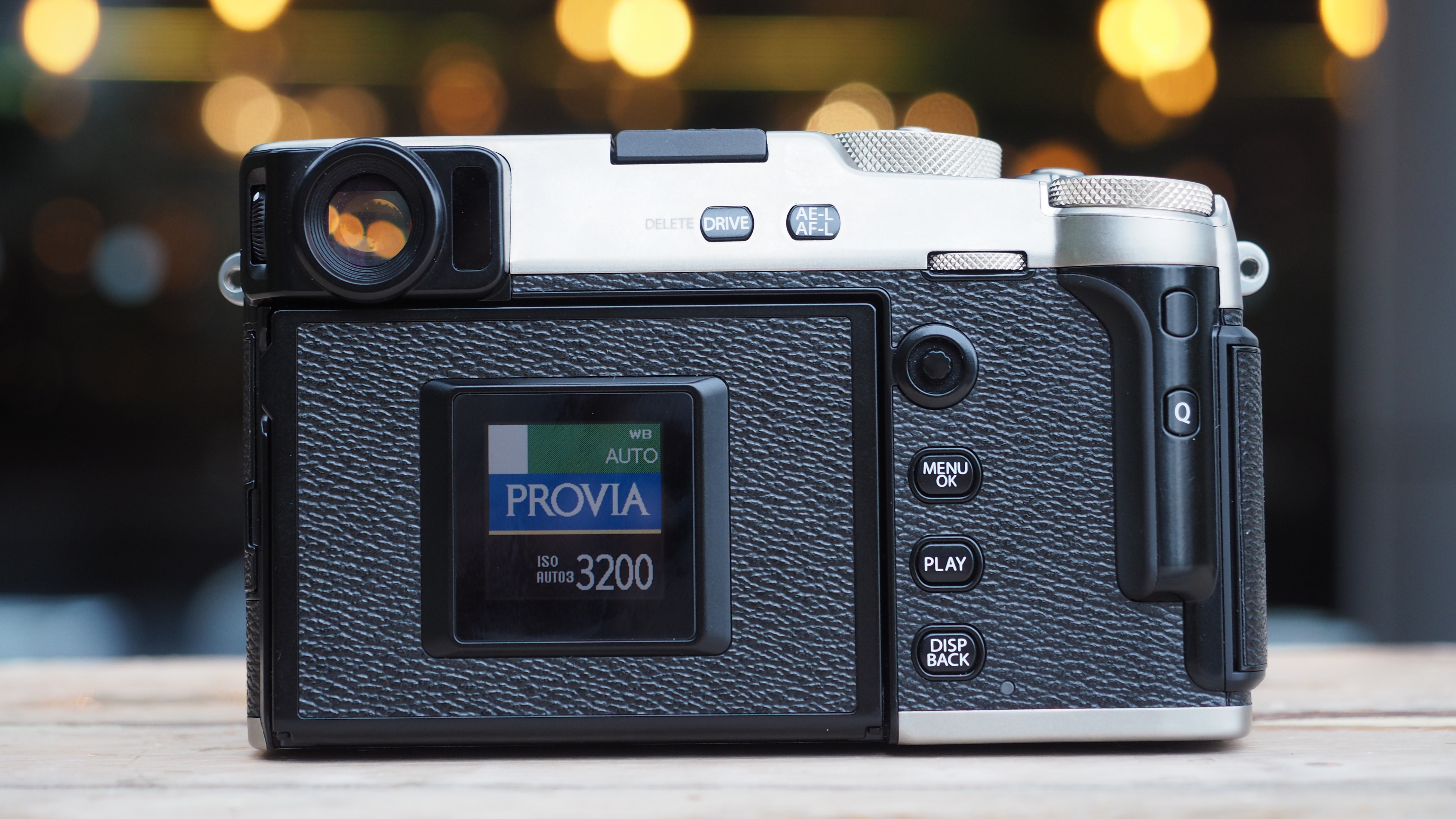
| Header Cell - Column 0 | Notes | Score |
|---|---|---|
Features | With its retro styling, film simulations and handy hideaway LCD screen this camera encourages you to enjoy photography | 5 / 5 |
Build & handling | Built with a optical and electronic view fider users have the choice to choose between the two. Ergonomics are also amazing | 5 / 5 |
Performance | While the X-Pro3 is still heavily used by many its performance look a little dated to modern standards | 4 / 5 |
Value | These can still be a little pricey on the second hand market as there is no successor on the horizon, but are worth every penny | 4 / 5 |
Best for black and white

Specifications
Reasons to buy
Reasons to avoid
Sample images
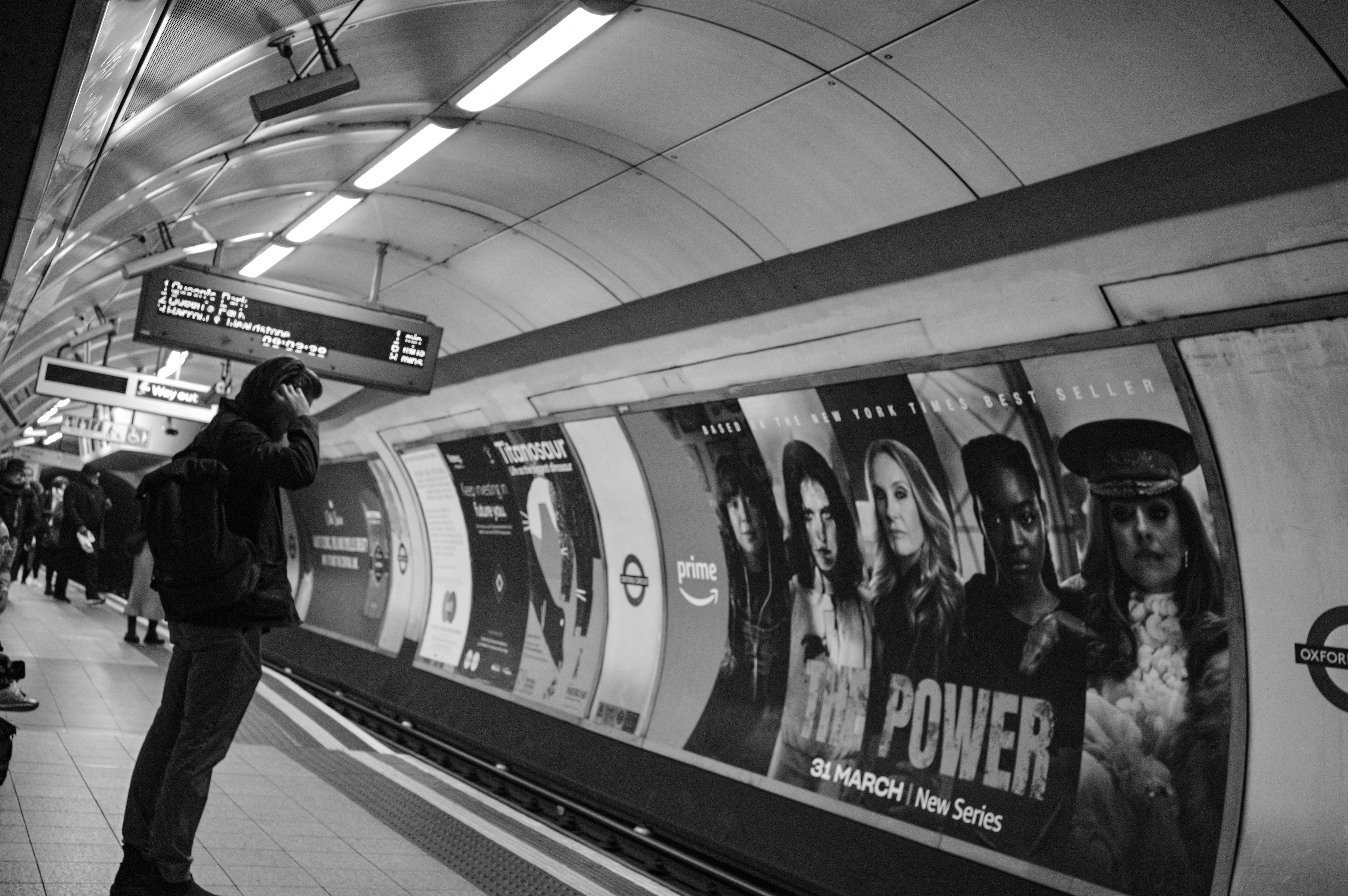
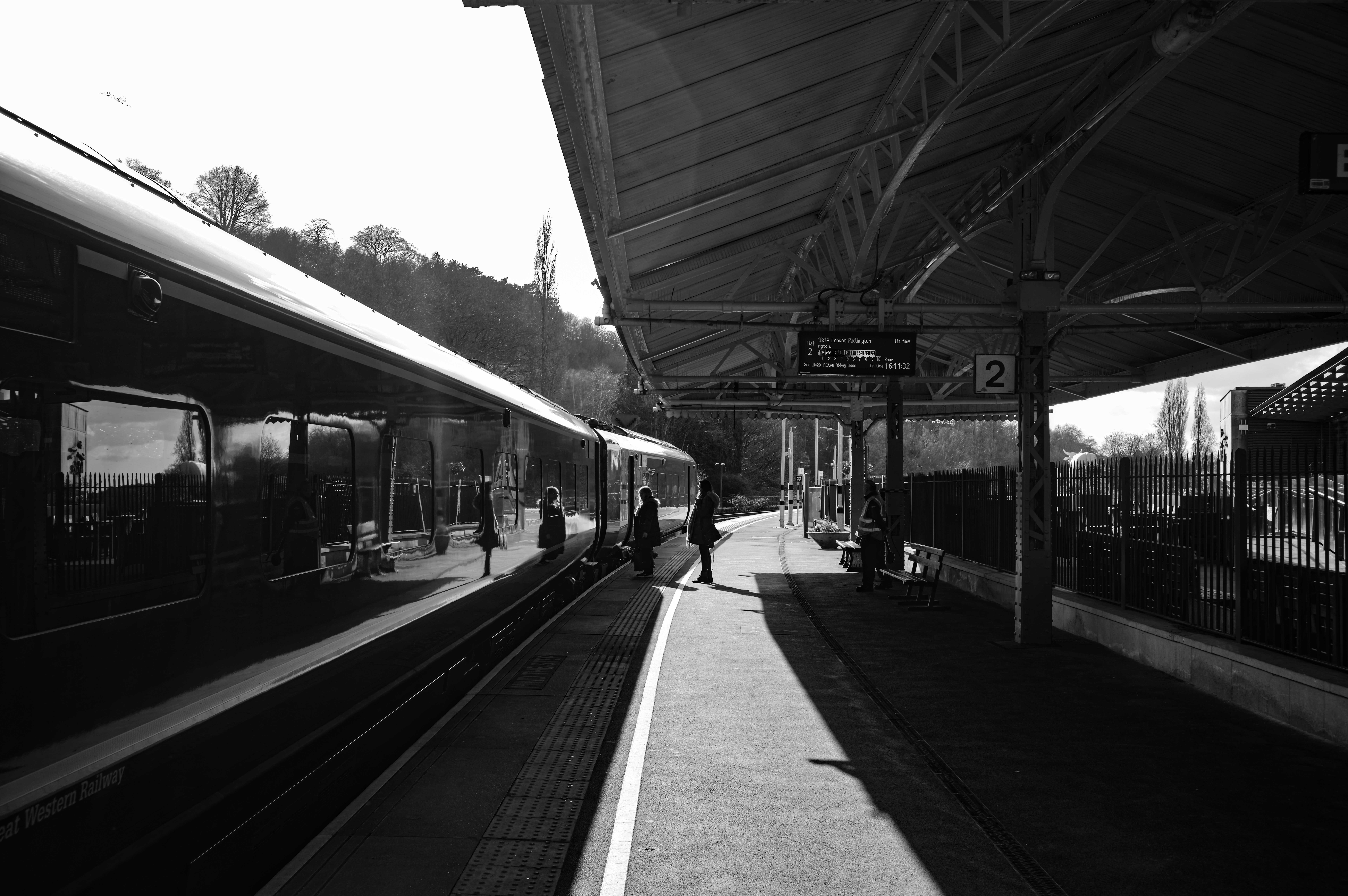
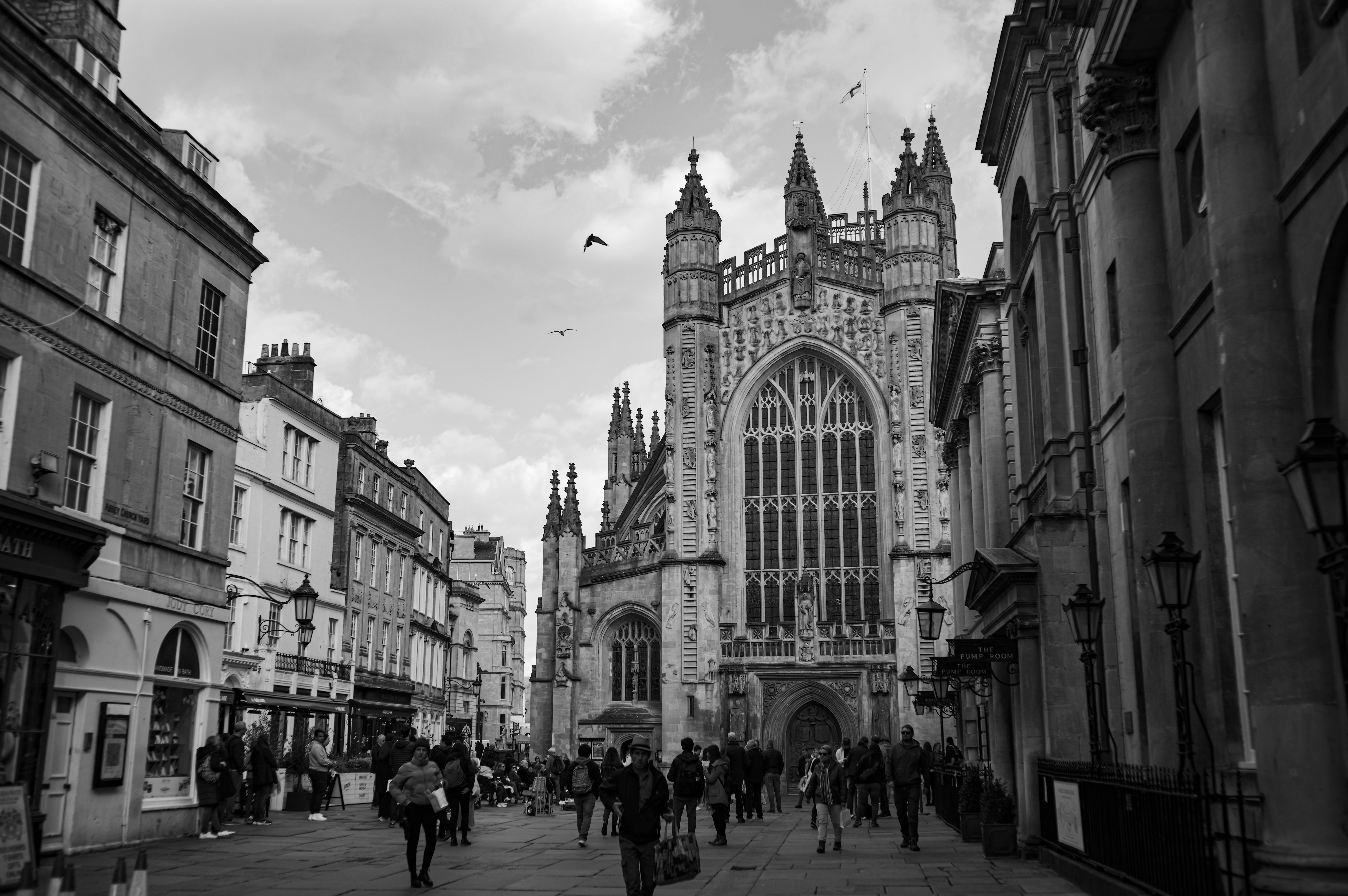
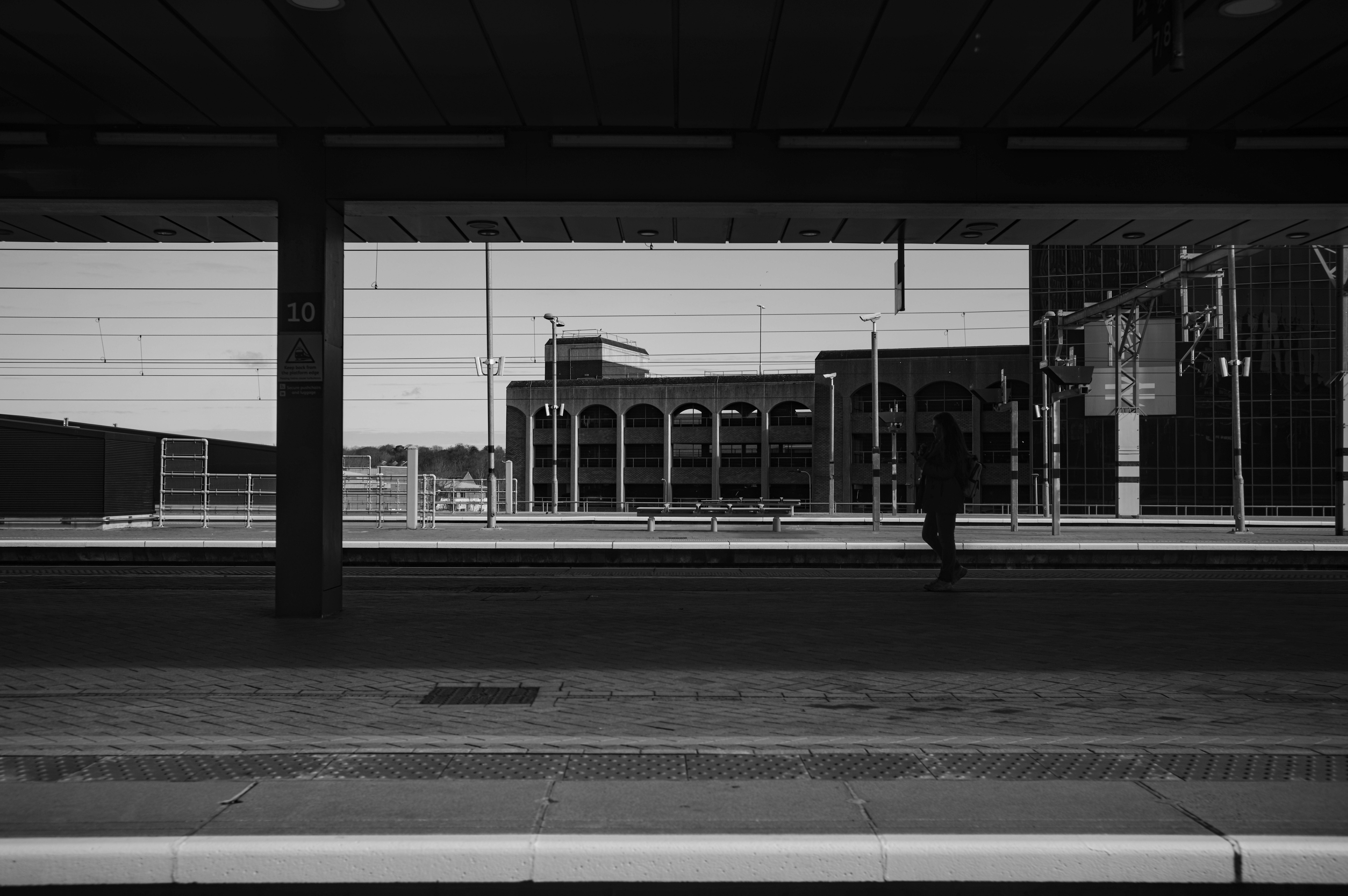
✅ You want a black-and-white-only camera: Featuring a specially developed sensor this is the best black-and-white photography gets in the digital world.
✅ You want the stealth look: Thanks to its street-wise aesthetic the red dot is removed, and you have only one color option, black.
❌ You want to shoot color: With its special sensor with removed Bayer sensor you can only shoot black and white, so no color pictures here.
❌ You want the full Leica look: without the famous red dot it doesn't give off the full Leica vibe
The Leica M11 Monochrom is one of the world’s most niche consumer cameras: a black-and-white, manual focus-only rangefinder that cannot shoot video and carries a hefty price tag of $9000 (£8,300) - even before buying a suitable Leica M-mount lens.
These apparent limitations are actually its greatest strengths, compelling you to carefully consider every shot. The M11 Monochrom harkens back to the glory days of film photography, offering a tactile and deliberate shooting experience that is becoming increasingly rare in today's digital age. This camera strips away the distractions and conveniences of modern technology, focusing purely on the art of photography.
Leica has designed the M11 Monochrom with a specific audience in mind—those who appreciate the subtleties of black-and-white photography and the precision of manual focus. This camera is not intended for casual shooters or those looking for an all-in-one solution. Instead, it appeals to discerning photographers who value craftsmanship, image quality, and the unique aesthetic that only a monochrome sensor can provide.
The latest iteration of this camera builds on Leica’s storied legacy, offering improved image quality, better dynamic range, and enhanced low-light performance compared to its predecessors. Its high-resolution sensor captures stunning details, while the lack of a color filter array allows for greater sharpness and tonal gradation. For photographers dedicated to black-and-white imagery, the M11 Monochrom represents the pinnacle of their craft.
Read our full Leica M11 Monochrom review for more details
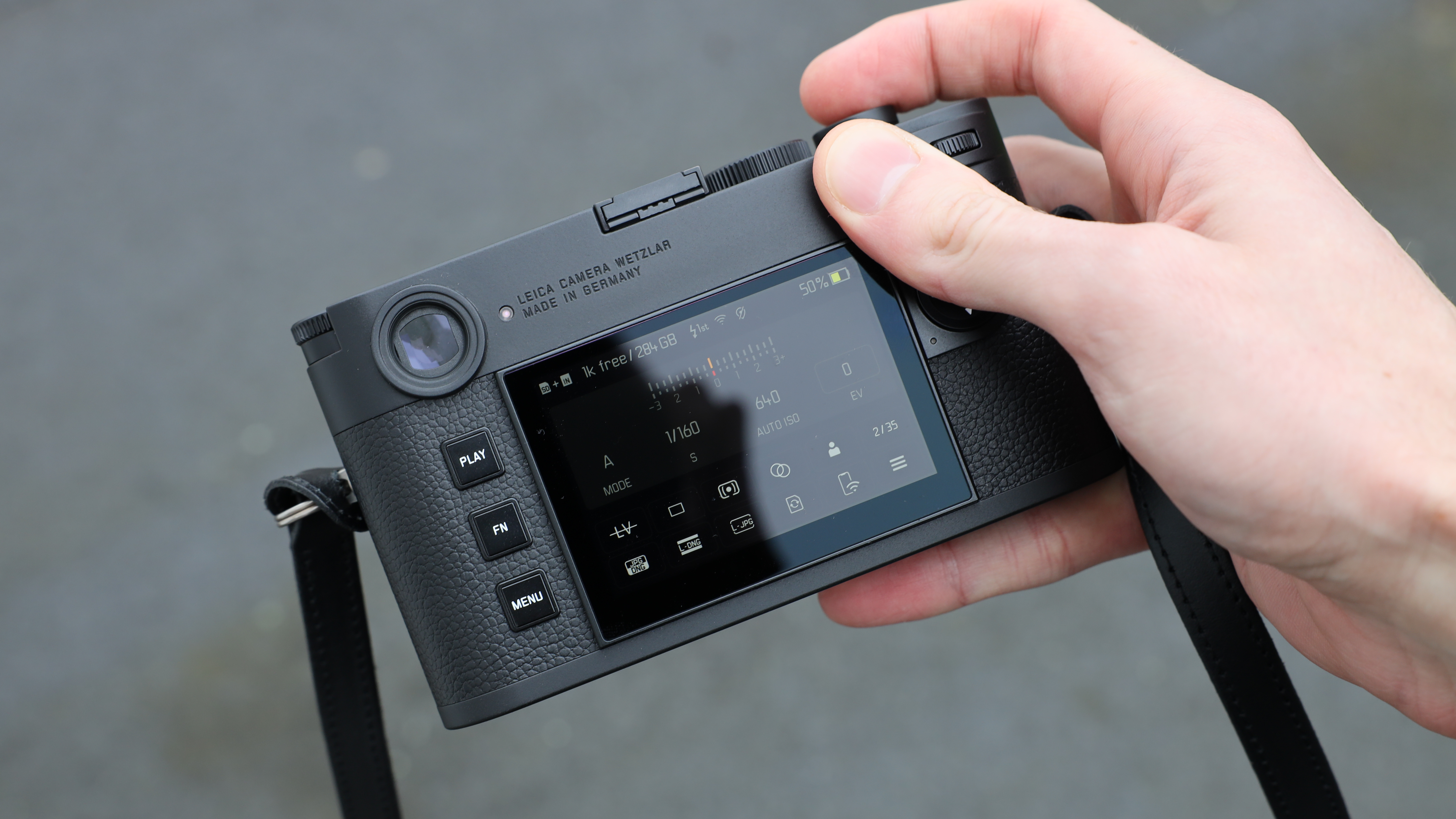
| Header Cell - Column 0 | Notes | Score |
|---|---|---|
Features | Black and white only images, 60MP stills, no video features | 4 / 5 |
Build & handling | Built to the Leica reputation this is a solid camera that lives up to the Leica name | 5 / 5 |
Performance | Simply the best low-light performance from any Leica | 5 / 5 |
Value | Rather expensive for a very niche camera | 4 / 5 |
Best film rangefinder
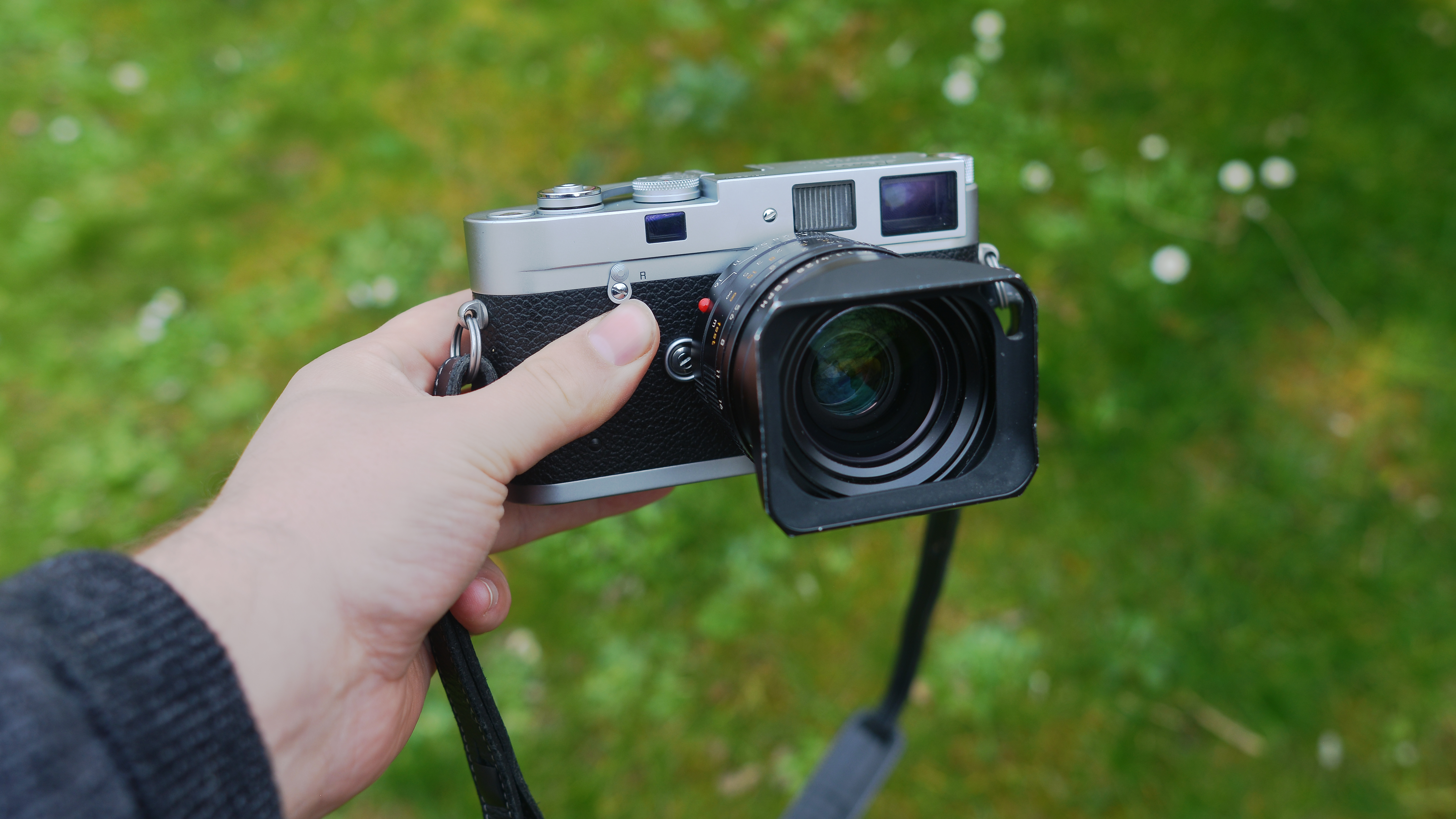
Specifications
Reasons to buy
Reasons to avoid
Sample images

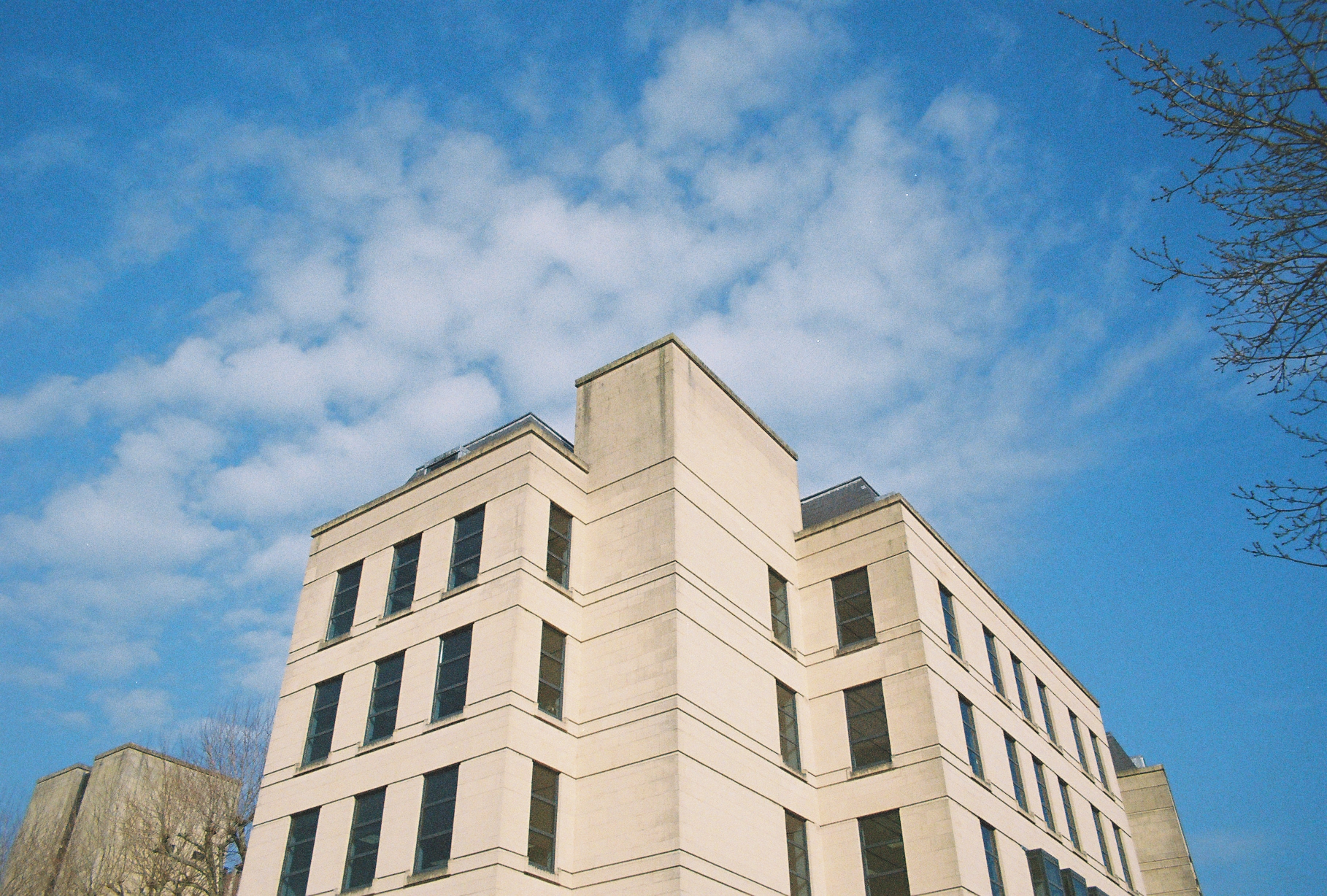
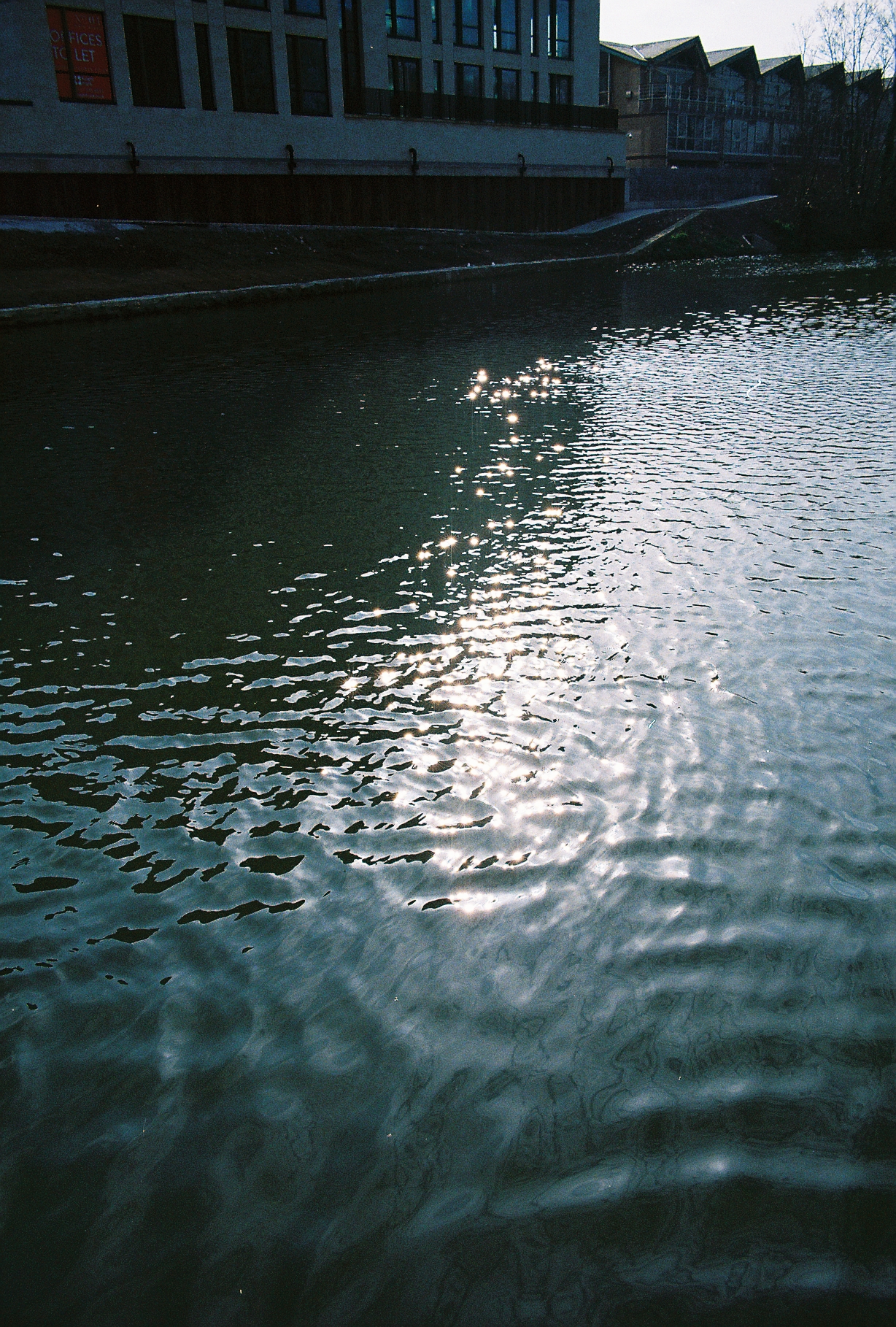
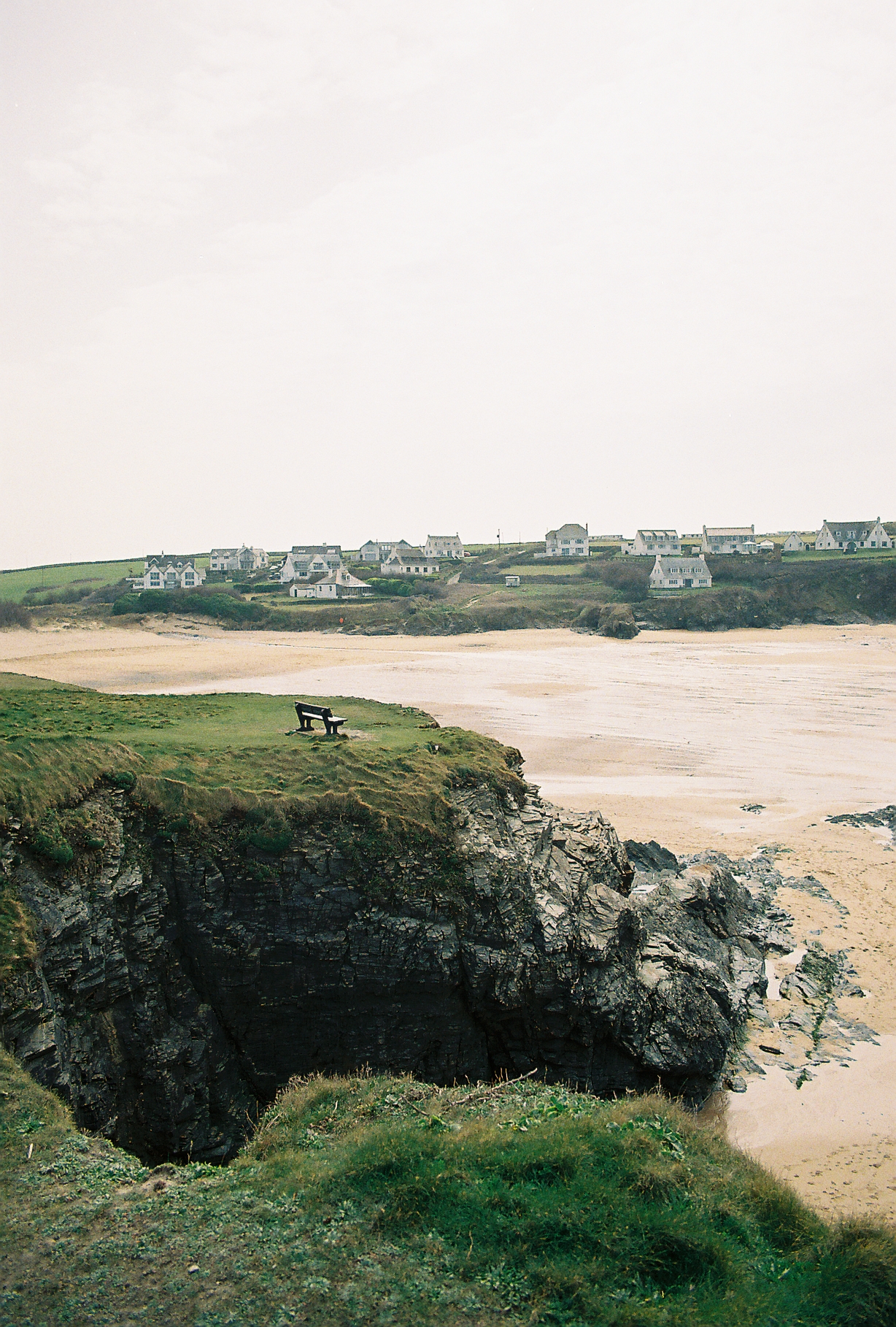
✅ You want a new film camera: With many film cameras being very old and not knowing their previous history it is always good to buy new - something that only Leica offers at the moment.
✅ You love mechanical cameras: The Leica M-A is the pinnacle of mechanical perfection, no lightmeter, no battery just a pure photography experience.
❌ You want a light meter: If you heavily rely on a light meter in your analog photography work then you either have to learn Sunny 16 or buy a handheld light meter.
❌ You're new to photography: I'd learn the basics first before splashing the cash and jumping in with a full manual camera
Leica M rangefinders have always been a topic of debate. To some, they're overpriced, overhyped relics from a bygone era. To others, they're exquisitely crafted engineering marvels that have achieved a pinnacle of perfection.
Using M rangefinders requires an adjustment period. Rangefinder focusing, while fast and precise in skilled hands, demands practice and learning. The high cost of an M-A body is just the beginning, as Leica lenses come with their own hefty price tags.
However, if you appreciate film photography in its purest form, the M-A is your perfect companion. You’ll need to determine the exposure, adjust the settings, and focus manually. For Leica M enthusiasts, this hands-on process embodies the essence of photography.
Beyond the technical aspects, owning a Leica M is also about embracing a storied legacy and a community of photographers who value tradition and craftsmanship. The tactile experience of using an M-A, from the solid click of the shutter to the smooth operation of its manual controls, creates a deep connection between the photographer and the medium.
This connection fosters a more deliberate and mindful approach to photography, allowing each shot to be an intentional act of creativity.
Read our full Leica M-A review for more details
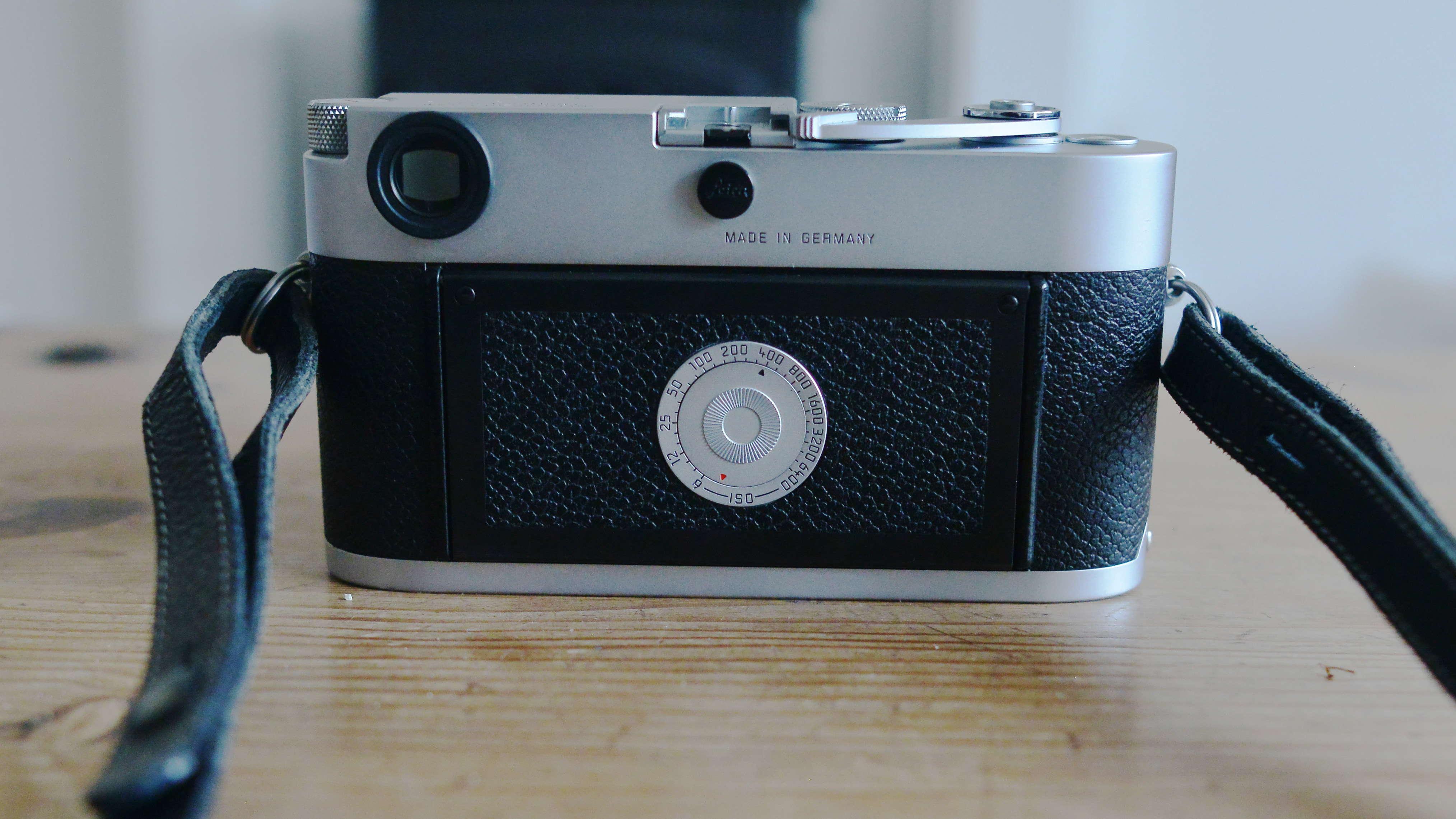
| Header Cell - Column 0 | Notes | Score |
|---|---|---|
Features | All manual and mechanical camera - this is pure photography at its finest | 5 / 5 |
Build & handling | Built to the legendary Leica quality its very solid and a joy to use | 5 / 5 |
Performance | Perfect 35mm camera to use with either color or black and white film | 4 / 5 |
Value | One of only a handful of film camera you can buy new - this comes at a hefty price | 4 / 5 |
Best medium format rangefinder
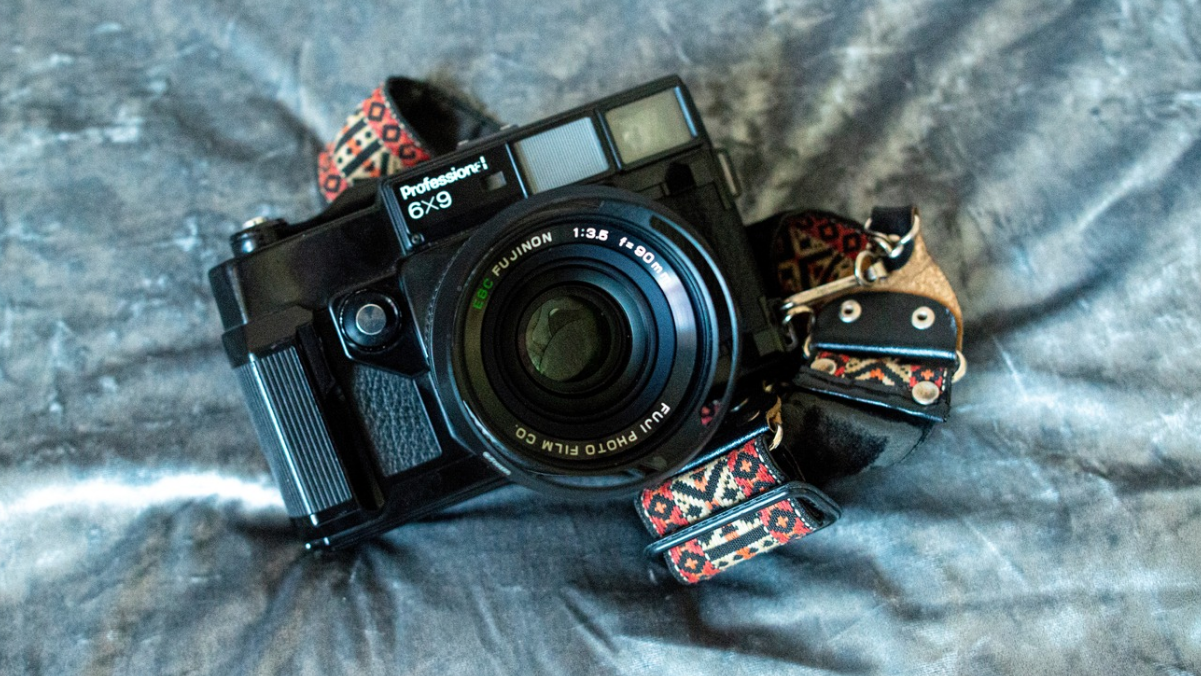
6. Fuji GW690 II
Our expert review:
Specifications
Reasons to buy
Reasons to avoid
Sample images
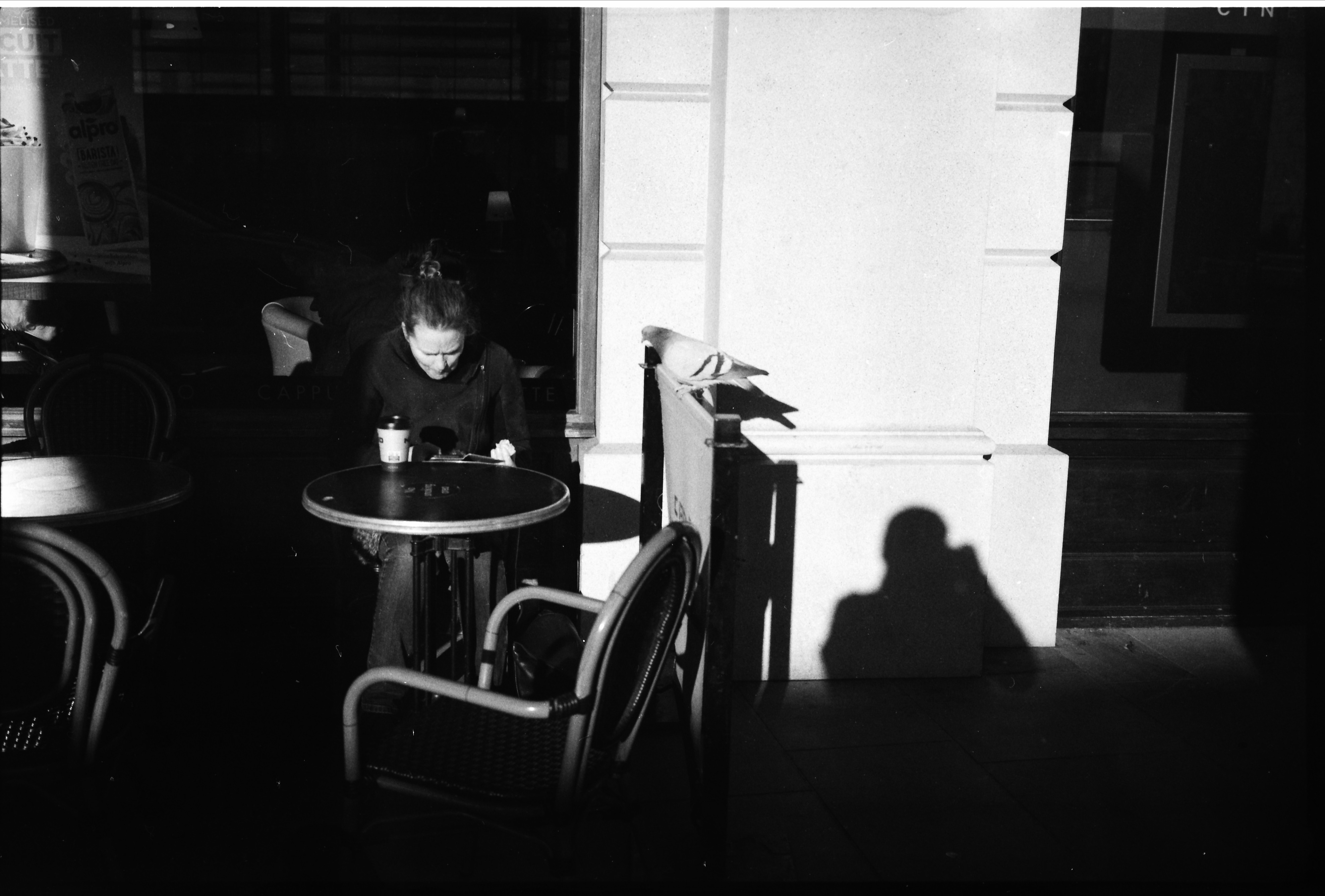
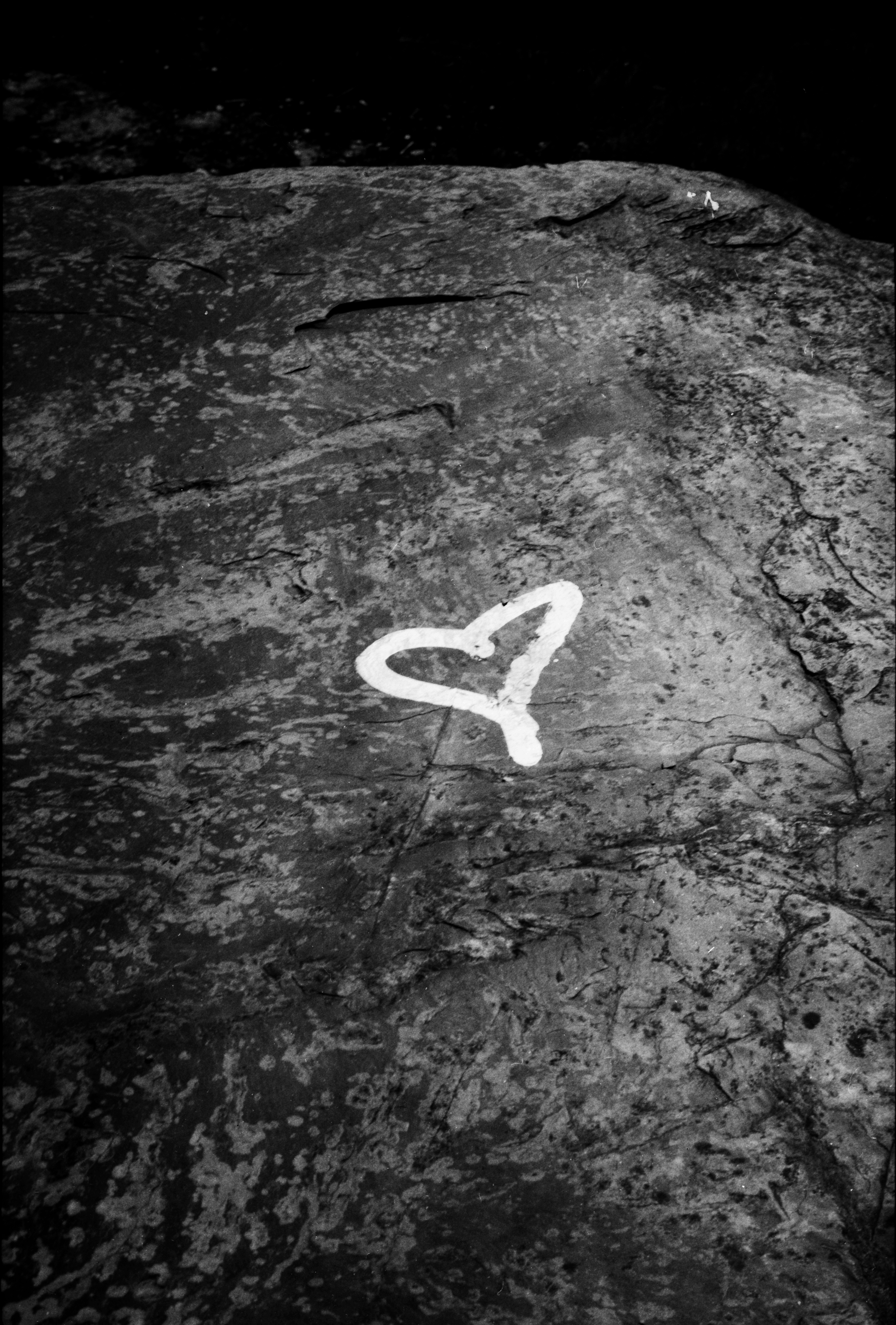
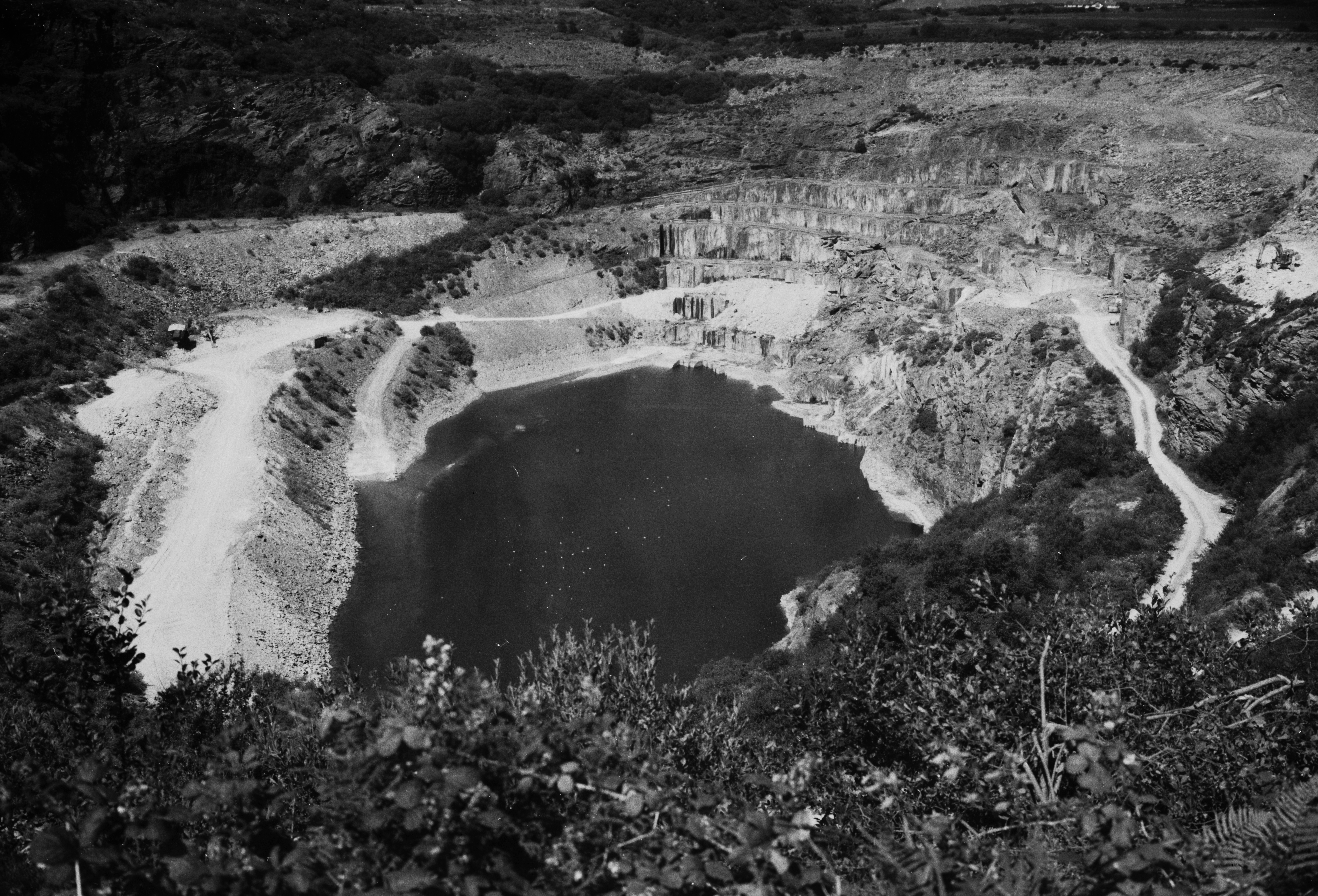
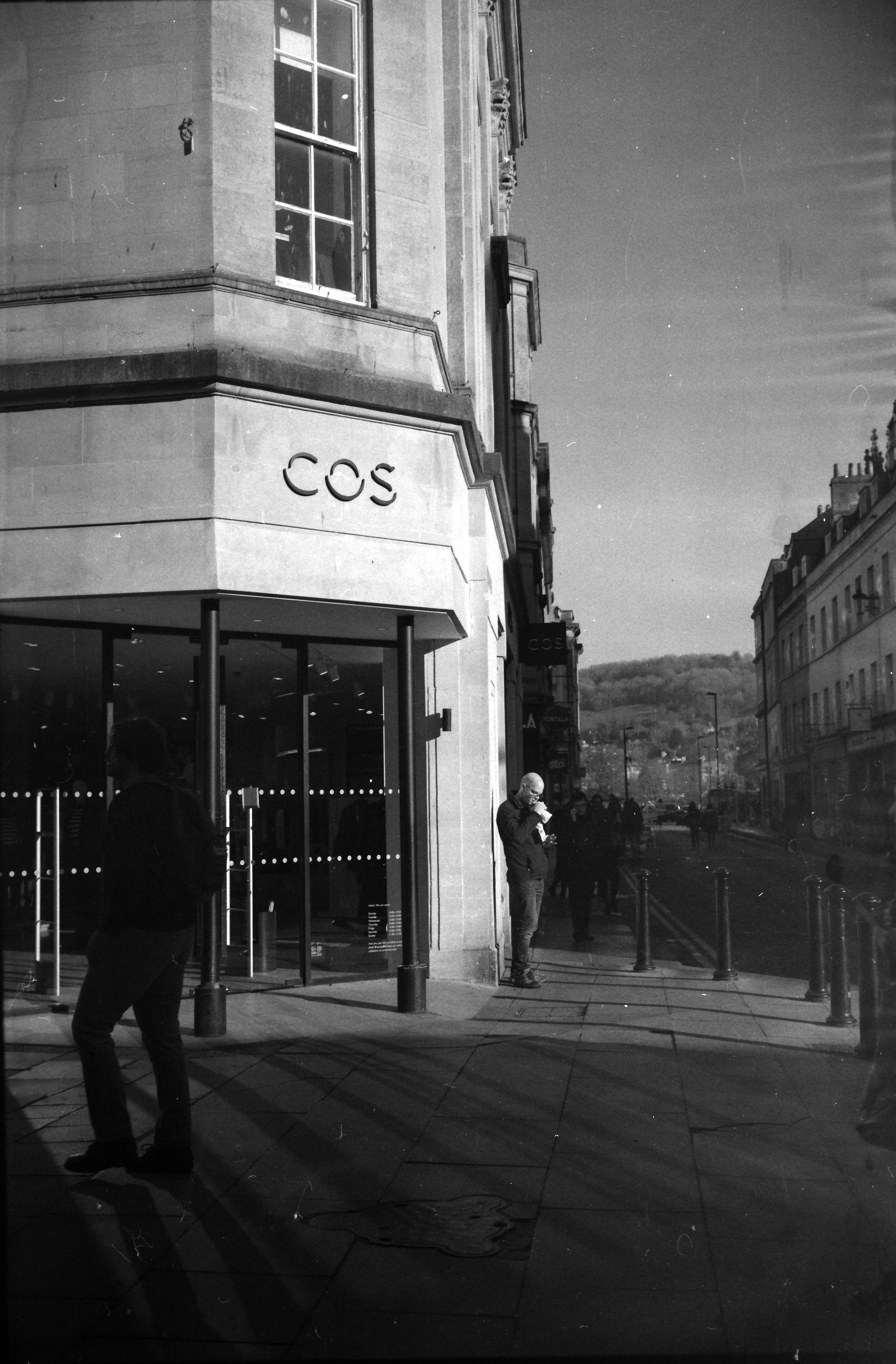
✅ You want massive negatives: Its huge 6x9cm negatives draw out the best possible details in any shot leading to massive resolution when either scanned or digitized.
✅ You love film cameras: This is an amazing film camera and provides the best film-to-rangefinder experience in the medium format world.
❌ You want to shoot at different focal lengths: With a fixed 90mm f/3.5 lens (50mm equiv in 35mm terms) you can be limited on what you can shoot - no 28mm here!
❌ You're on a budget: it costs you a whole lot of film. Its massive 6x9cm negatives only gives you 8 shots per 120 roll - which can get very expensive if shooting color!
If you're seeking an exceptional rangefinder experience with the ability to shoot the largest medium format film negative of 6x9, the Fuji GW690 is the ideal camera for you.
While you'll get fewer exposures per roll (typically 8) due to the 6x9 image size, the extra-large negatives and transparencies provide remarkable detail and clarity in your photographs.
The sheer size of the negatives allows for impressive enlargements and a level of sharpness and depth that smaller formats simply can't match. This makes the GW690 a fantastic choice for landscape, portrait, and fine art photographers who demand the highest quality from their film images.
Available only on the second-hand market, the GW690 and its successors are no-frills, fixed-lens, manual exposure rangefinder cameras that deliver massive images in a relatively portable package.
Its simplicity is one of its greatest strengths—there are no unnecessary features to distract you from the pure photographic process. The camera’s fixed 90mm lens is renowned for its sharpness and excellent optical performance, ensuring that every shot is rendered with stunning precision.
Often dubbed the 'Texas Leica' due to its large size and rangefinder focusing, the GW690 produces uniquely stunning images, making it a standout choice for serious photographers. Despite its nickname, the camera is surprisingly manageable in the field, striking a balance between the portability of smaller cameras and the superior image quality of larger formats.
This blend of quality and usability has earned the Fuji GW690 family of cameras a dedicated following among medium format enthusiasts who appreciate its ability to capture breathtaking images with a straightforward, reliable tool.
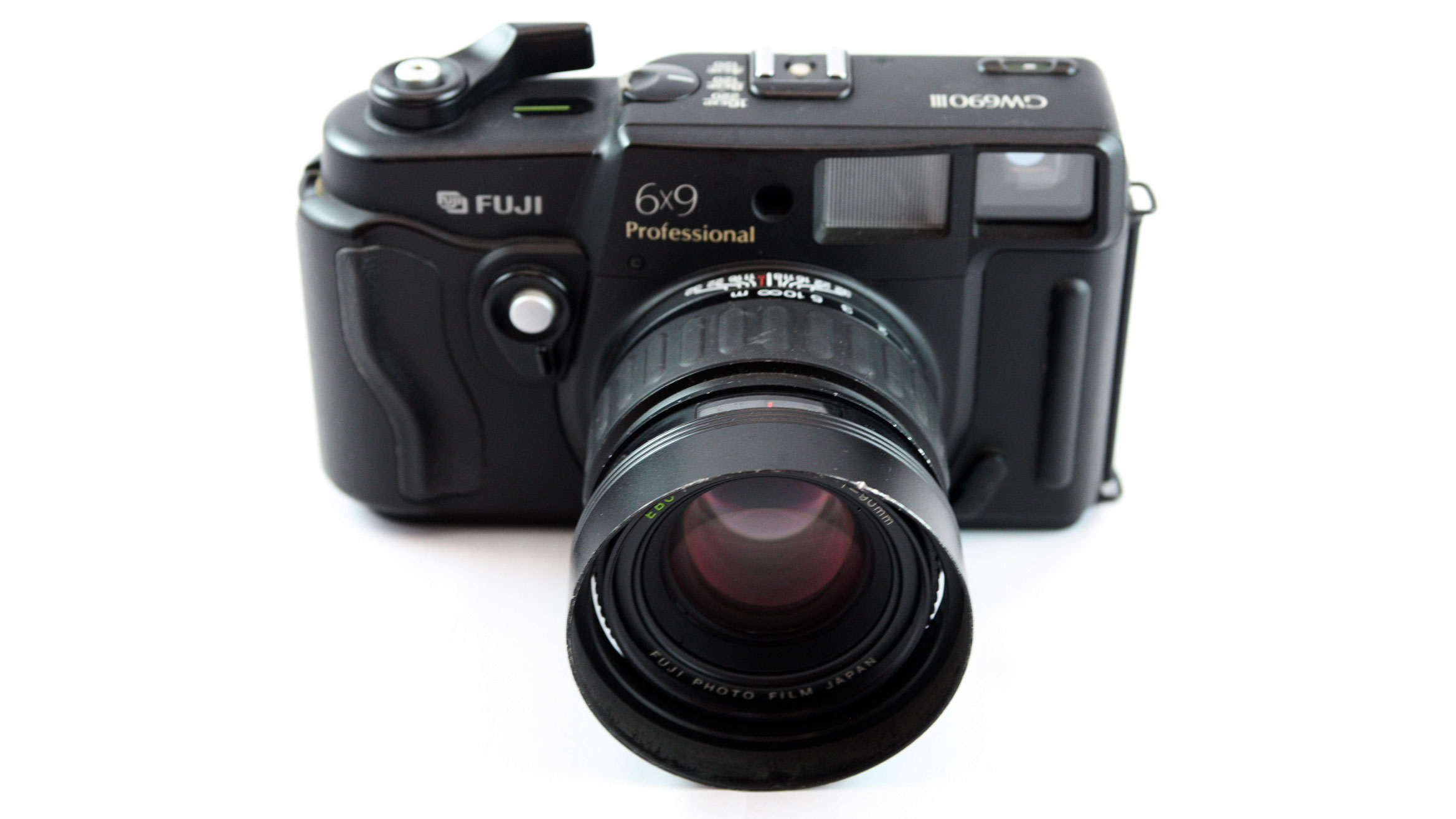
| Header Cell - Column 0 | Notes | Score |
|---|---|---|
Features | Massive 6x9cm negatives, fully mechanical camera | 4 / 5 |
Build & handling | Built out of metal and heavy duty plastiv this camera is built like a tank | 5 / 5 |
Performance | with its fixed 95mm f/3.5 lens and 6x9 negatives you can be sure to pull the highest resolution out of any image | 4 / 5 |
Value | For its price on the second hand market you are getting great value or money | 5 / 5 |
Used Fuji GW690 deals on eBay.com
Used Fuji GW690 deals on eBay.co.uk
Best digital/analog experience
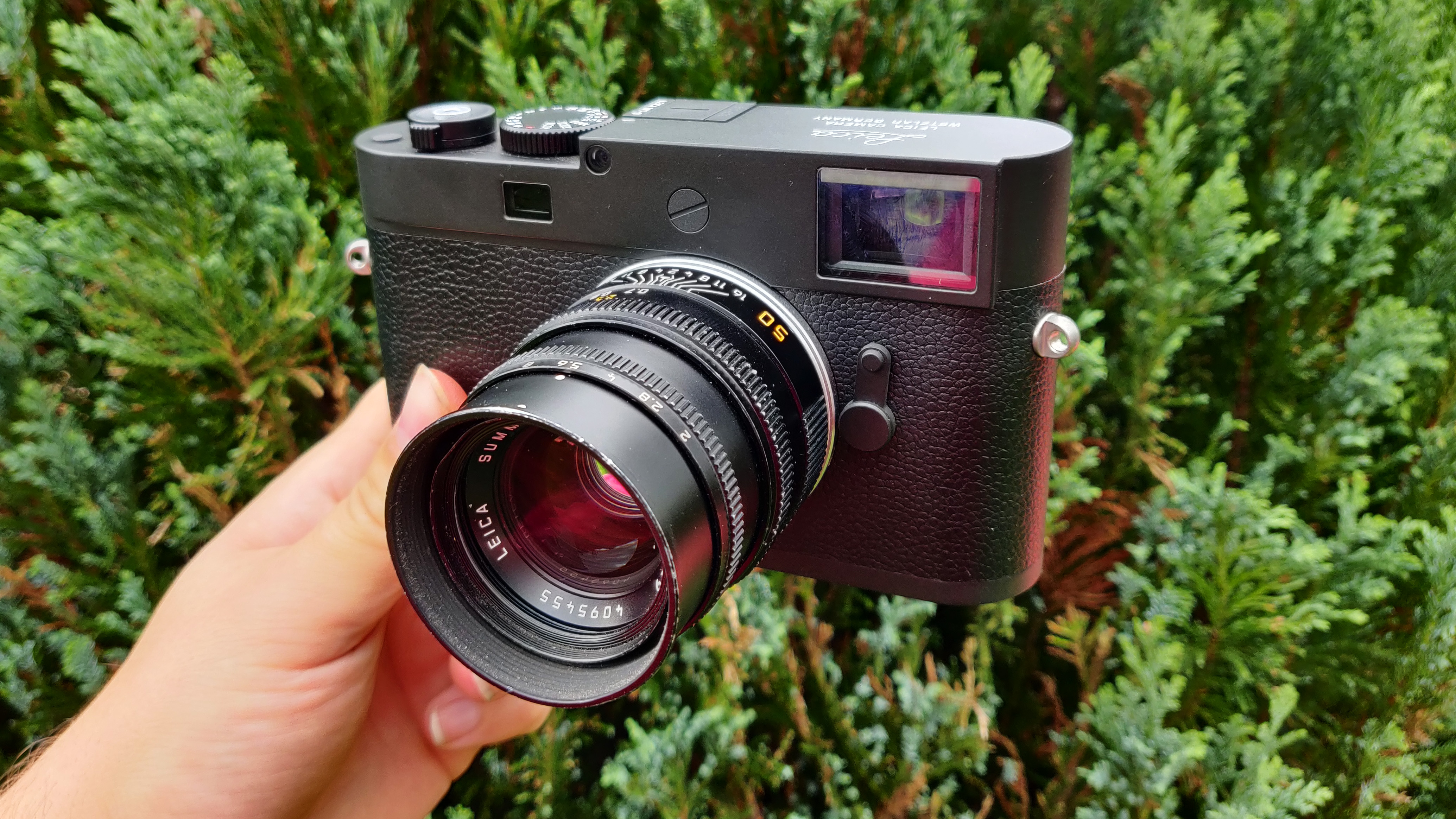
Specifications
Reasons to buy
Reasons to avoid
Sample images
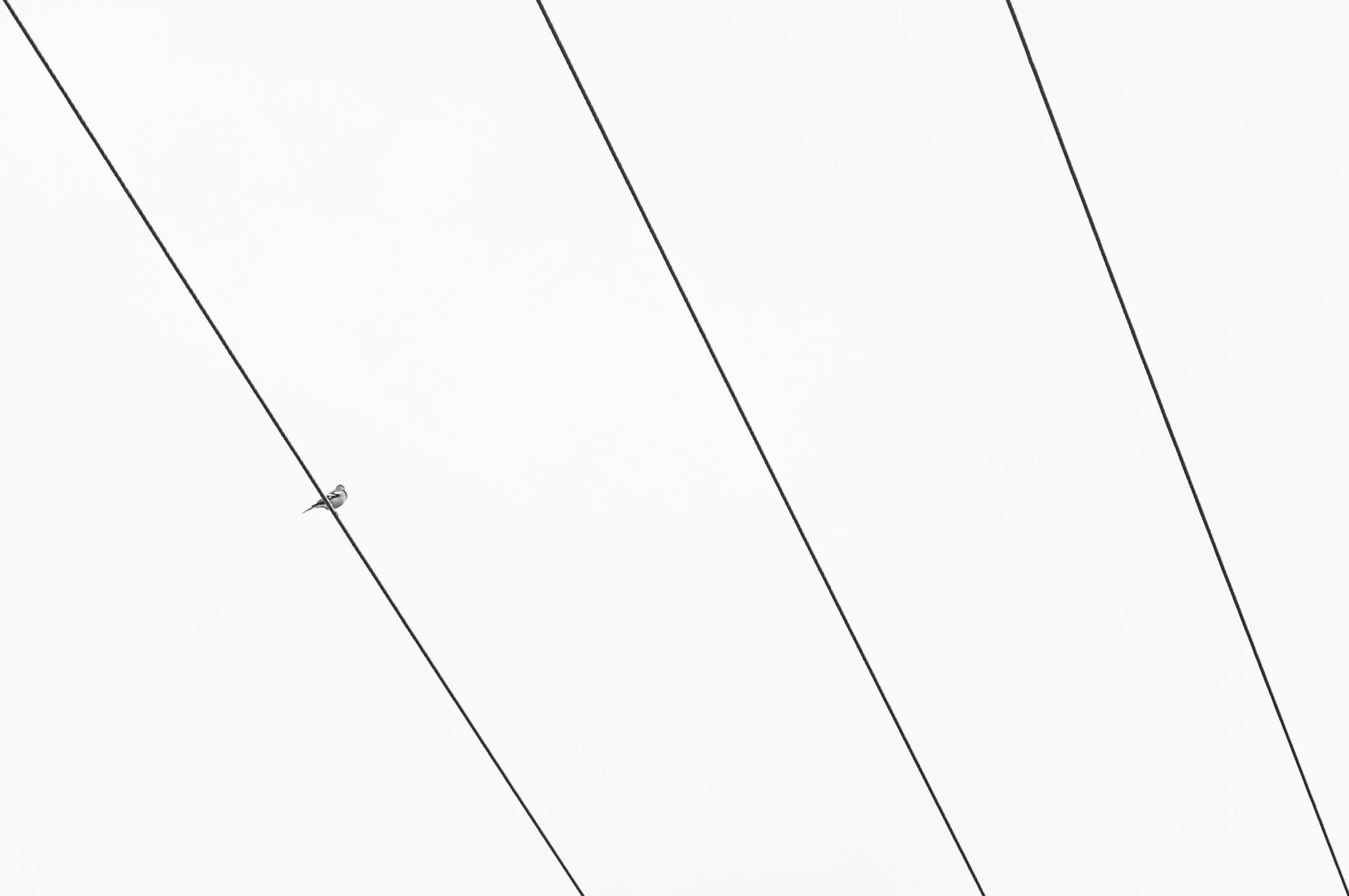
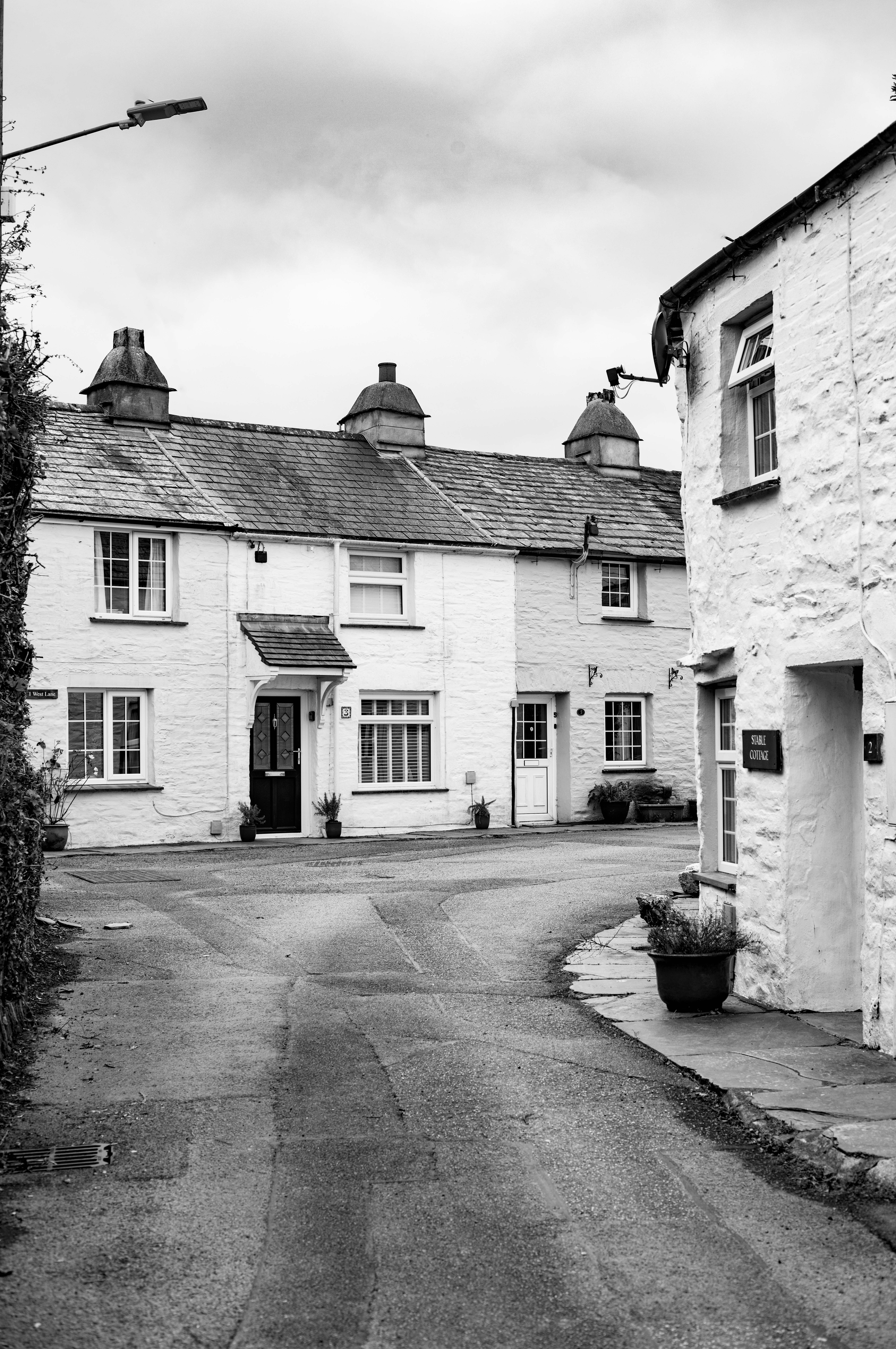
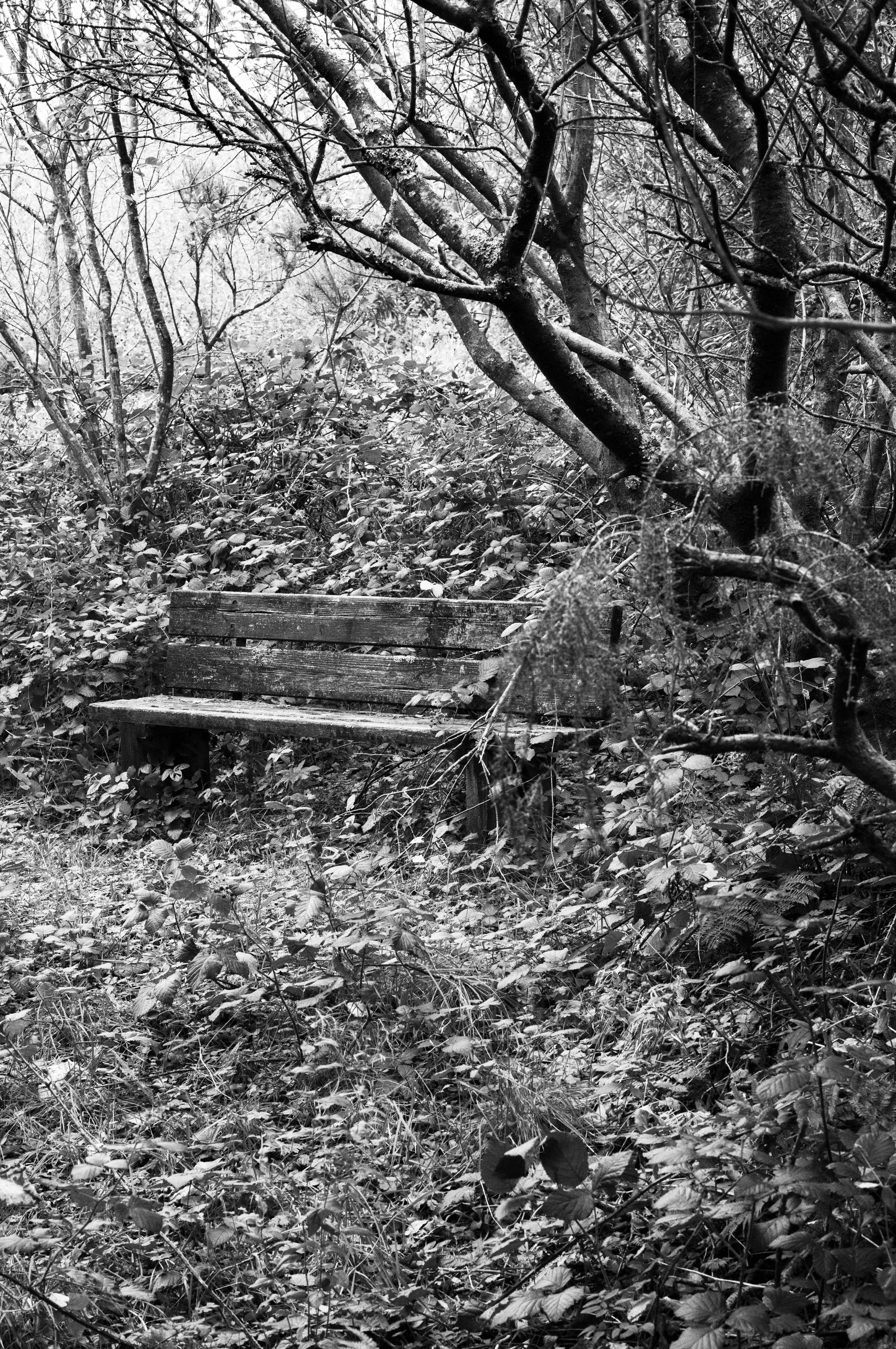
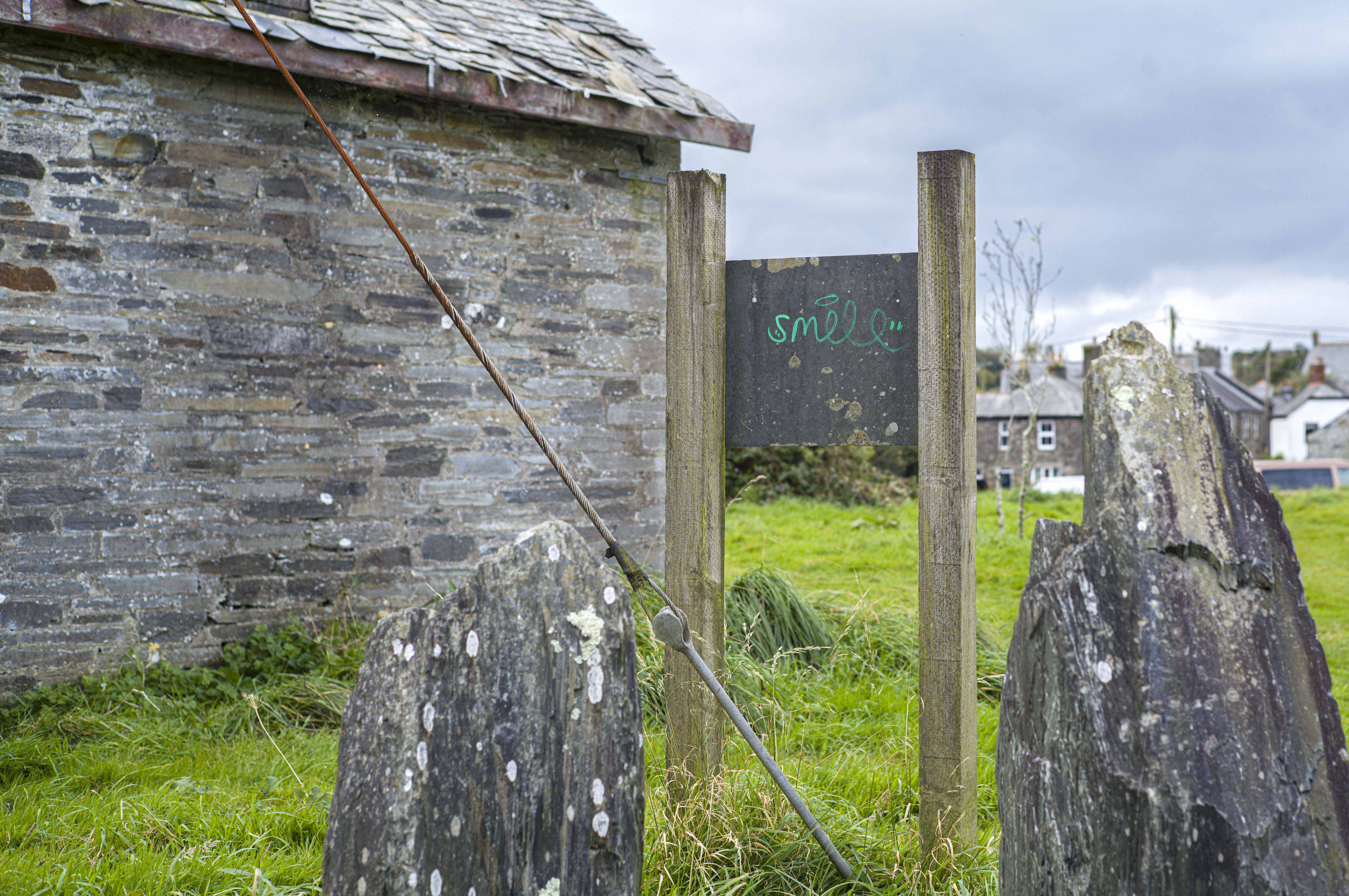
✅ You want an "analog experience": With the rear LCD removed you get a true feeling of shooting a film camera, but with the convenience of digital files
✅ You want to be unique: The M11-D is as unique and "unusual" as it gets with any camera, but its style speaks wonders!
❌ You want an LCD: The lack of a rear screen does make changing internal settings more tricky
❌ You don't want to use your phone: The M11-D relies on a phone and the Leica Fotos app to preview images, and this step could be a hassle for some users
The Leica M11-D is more than just a variation within the M11 lineup—it’s a bold declaration of intent. In an era where digital cameras are loaded with features catering to instant gratification, the M11-D invites photographers to slow down and fully engage with the craft of photography.
By removing the rear LCD screen, Leica challenges you to rely on intuition and skill, reminiscent of the experience of shooting with classic film cameras. This deliberate design fosters an immersive connection to the process, emphasizing the art of capturing the moment over instant playback or digital conveniences.
Leica also breaks new ground with the M11-D by incorporating content credentials through the Content Authenticity Initiative (CAI). This innovative feature highlights the brand’s commitment to ensuring image authenticity in a world increasingly influenced by AI and digital manipulation, paving the way for a future where trust in imagery is vital.
The M11-D isn’t for everyone. It’s not designed for those who value convenience, speed, or immediate feedback. But for purists who embrace a thoughtful, deliberate approach to photography, it represents a profound and inspiring tool—a dream realized.
Read our full Leica M11-D review for more details
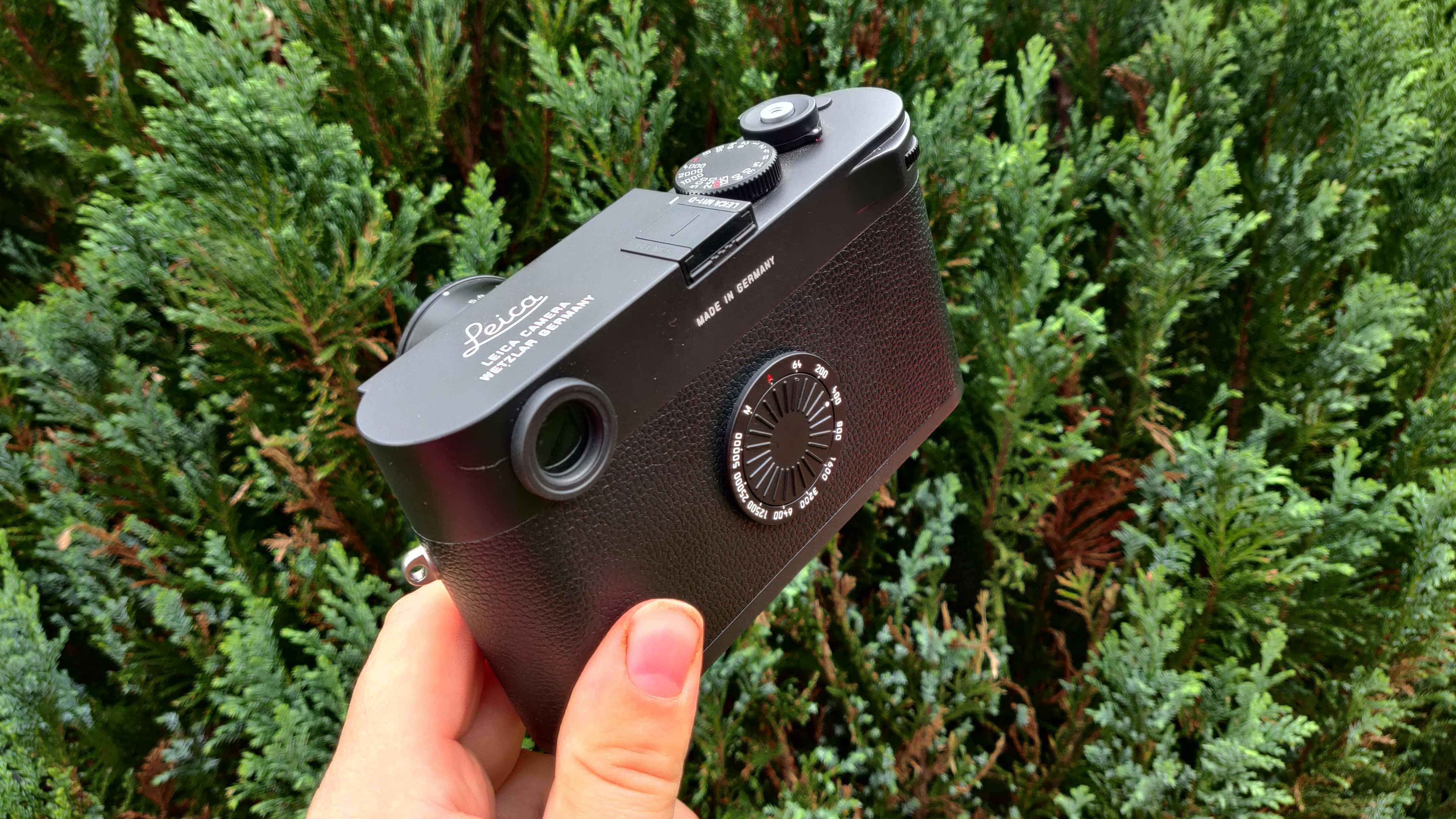
Features | ISO-dial replaces LCD Screen, 60-megapixesl, 256GB internal memory, Leica red dot removed, connectivity to Leica FOTOS app | 5 / 5 |
Build & handling | Sturdy construction with subtle aesthetic tweaks for a more discreet, street-friendly look offering a true analog experience | 5 / 5 |
Performance | Same as Leica M11-P - versatile choice between 60, 36, and 18MP images all using the full sensor, great connectivity through Leica app | 4.5 / 5 |
Value | It is pricey - but I think its worth every penny with you want a true analog experience in the digital age | 4 / 5 |
FAQs
How does a rangefinder work?
The focusing mechanism of a rangefinder camera is unlike anything else on the market, offering a unique and precise way to achieve sharp images. Instead of relying on autofocus or through-the-lens viewing, a rangefinder allows the photographer to measure subject distance manually with remarkable accuracy.
Most rangefinders display a split-image system, where two overlapping images of the subject appear in the viewfinder. As you turn the focus ring on the lens, one of these images shifts. When the two align perfectly and merge into a single image, the subject is in focus—ensuring crisp, pin-sharp results with minimal effort once the technique is mastered.
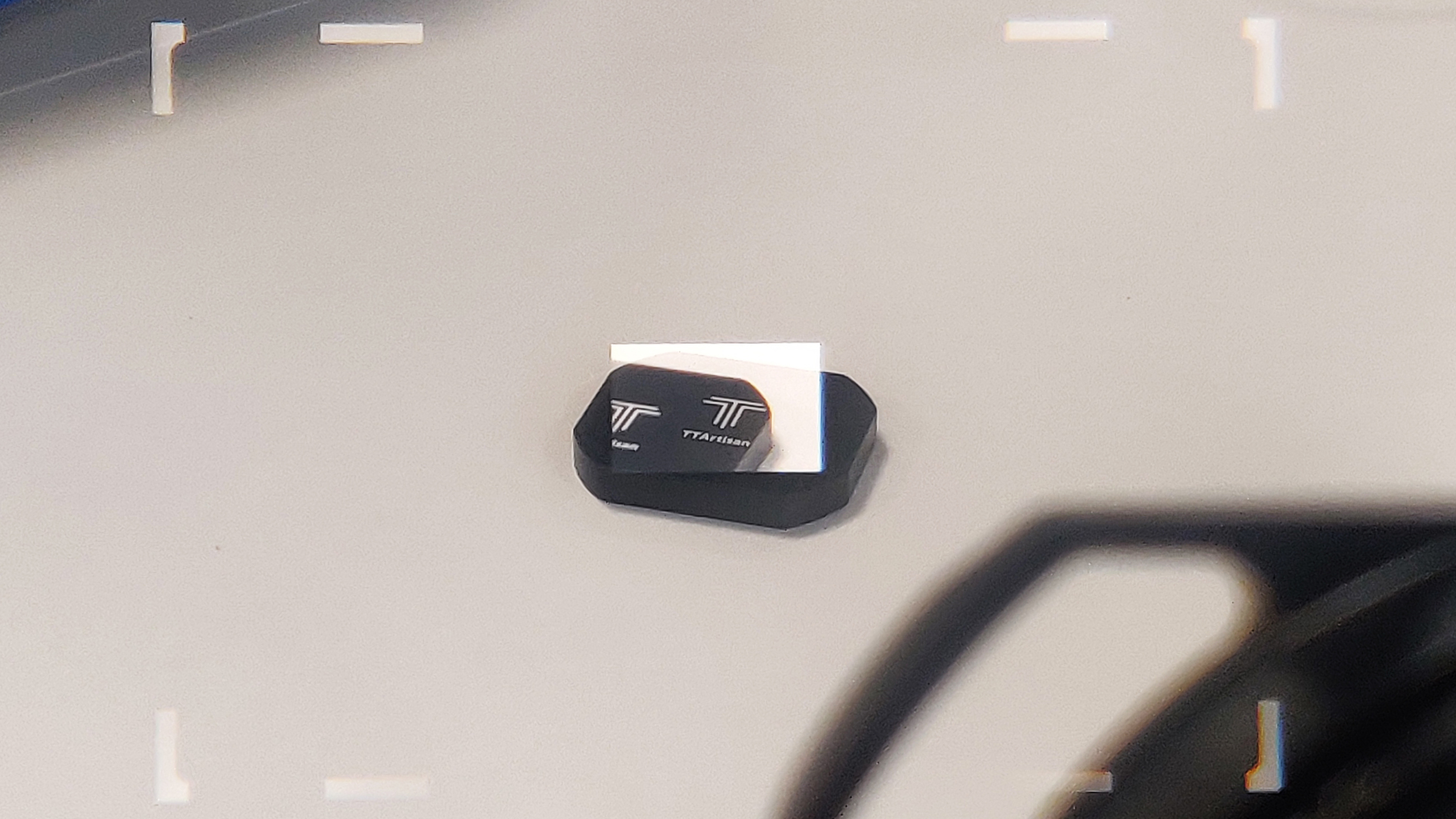

Most rangefinders feature a set of frame lines corresponding to specific focal lengths. These frame lines are surrounded by additional space, allowing you to see beyond your composition—an invaluable feature for anticipating movement and framing your shot more effectively. This makes rangefinders particularly well-suited for street photography, as you can quickly compose your image while remaining aware of what’s happening just outside the frame.
However, there’s one crucial detail to keep in mind, especially when using a film rangefinder like a Leica M-series or an older Mamiya: the viewfinder is separate from the lens. Unlike SLRs or mirrorless cameras, you judge focus through a dedicated viewing window rather than directly through the lens.
This means there’s no optical feedback to remind you if your lens cap is still on—leading to the all-too-common mistake of shooting an entire roll of film with the cap in place (a lesson many photographers, myself included, have learned the hard way). Fortunately, if you're using a modern digital rangefinder like those from Fujifilm, the rear screen or EVF will immediately reveal the problem, but it’s always a good habit to double-check and pocket your lens cap before shooting.
Once you get past this small quirk, a rangefinder becomes a powerful creative tool, not just for street photography but also for landscapes, portraits, and everything in between. Their enduring popularity speaks for itself, with a passionate community of photographers who swear by their unique shooting experience. Below, we explore the best rangefinder cameras—both new and old, digital and film—catering to every budget, from premium options to well-loved classics with plenty of character.
Do also check out our guides to the best Leica cameras and our rundown of the best Leica M lenses
Get the Digital Camera World Newsletter
The best camera deals, reviews, product advice, and unmissable photography news, direct to your inbox!

For nearly two decades Sebastian's work has been published internationally. Originally specializing in Equestrianism, his visuals have been used by the leading names in the equestrian industry such as The Fédération Equestre Internationale (FEI), The Jockey Club, Horse & Hound, and many more for various advertising campaigns, books, and pre/post-event highlights.
He is a Fellow of the Royal Society of Arts, holds a Foundation Degree in Equitation Science, and holds a Master of Arts in Publishing. He is a member of Nikon NPS and has been a Nikon user since his film days using a Nikon F5. He saw the digital transition with Nikon's D series cameras and is still, to this day, the youngest member to be elected into BEWA, the British Equestrian Writers' Association.
He is familiar with and shows great interest in 35mm, medium, and large-format photography, using products by Leica, Phase One, Hasselblad, Alpa, and Sinar. Sebastian has also used many cinema cameras from Sony, RED, ARRI, and everything in between. He now spends his spare time using his trusted Leica M-E or Leica M2, shooting Street/Documentary photography as he sees it, usually in Black and White.
